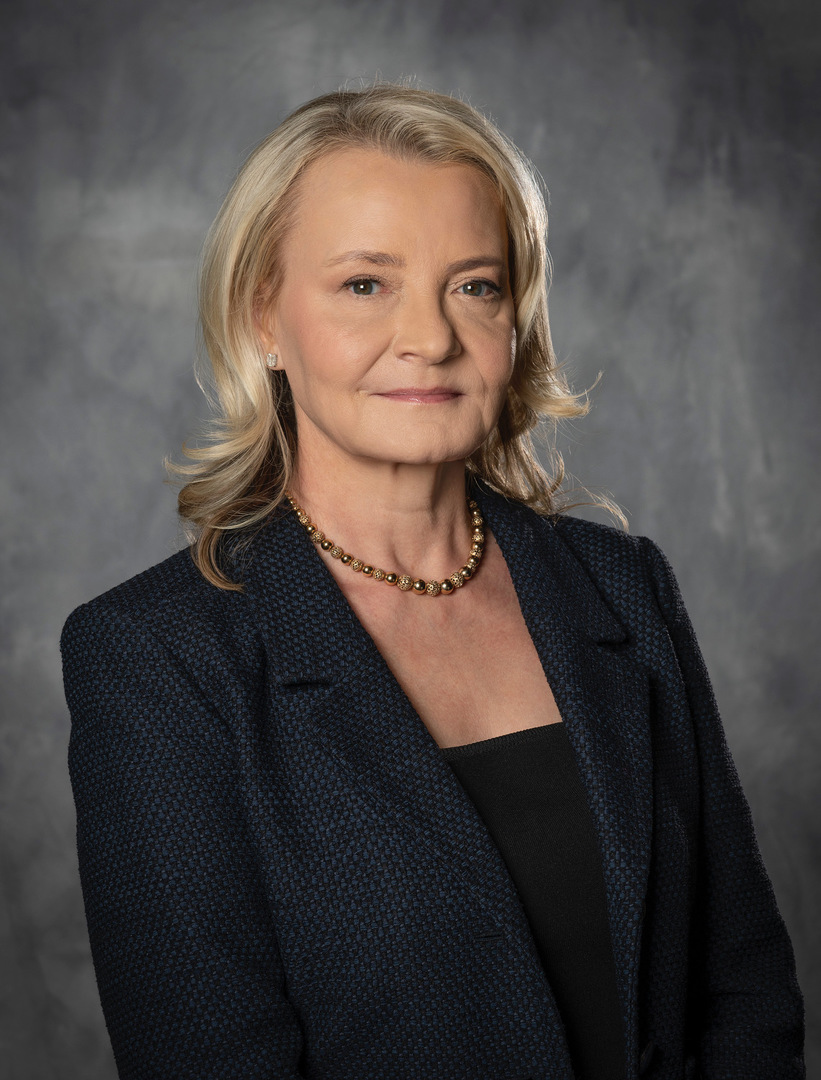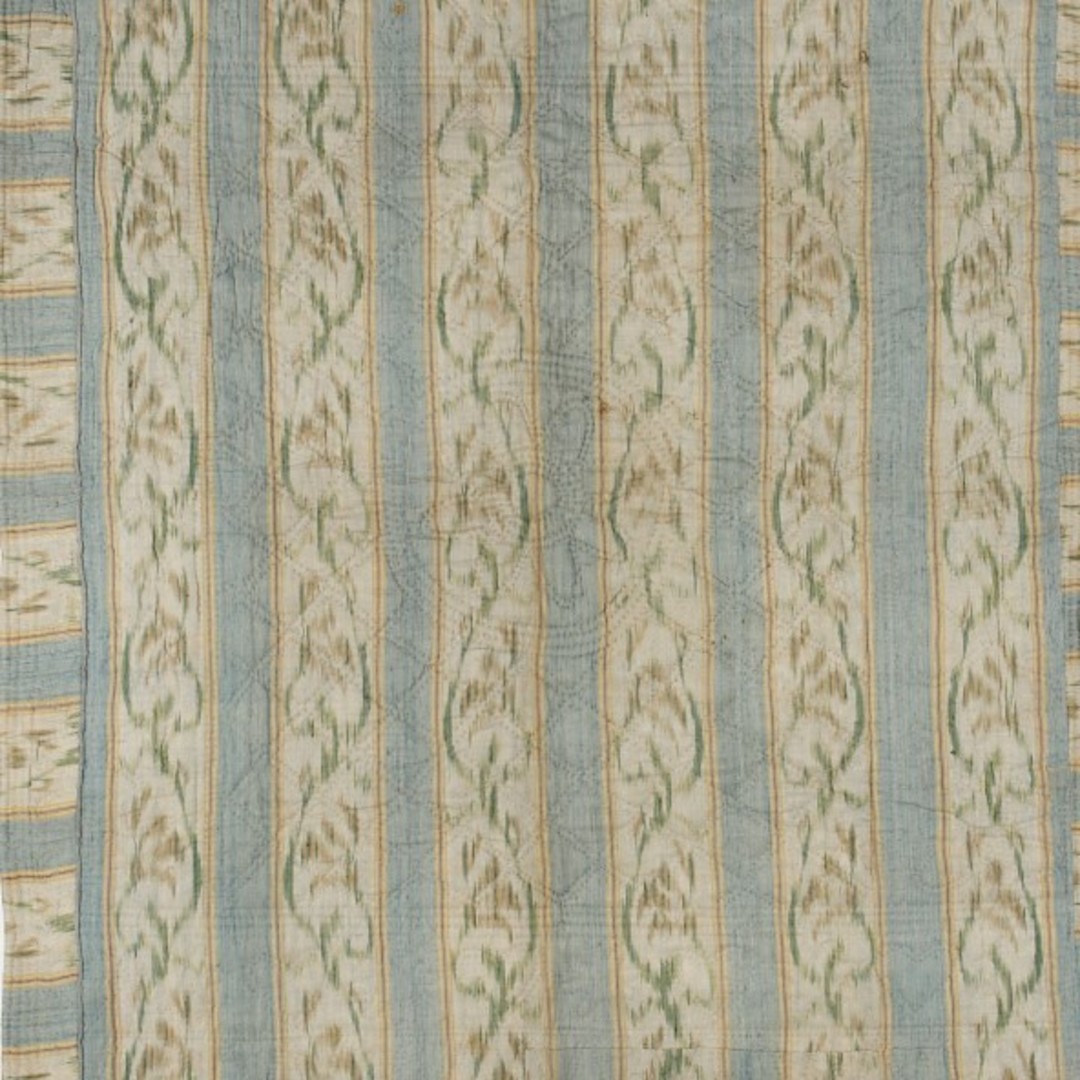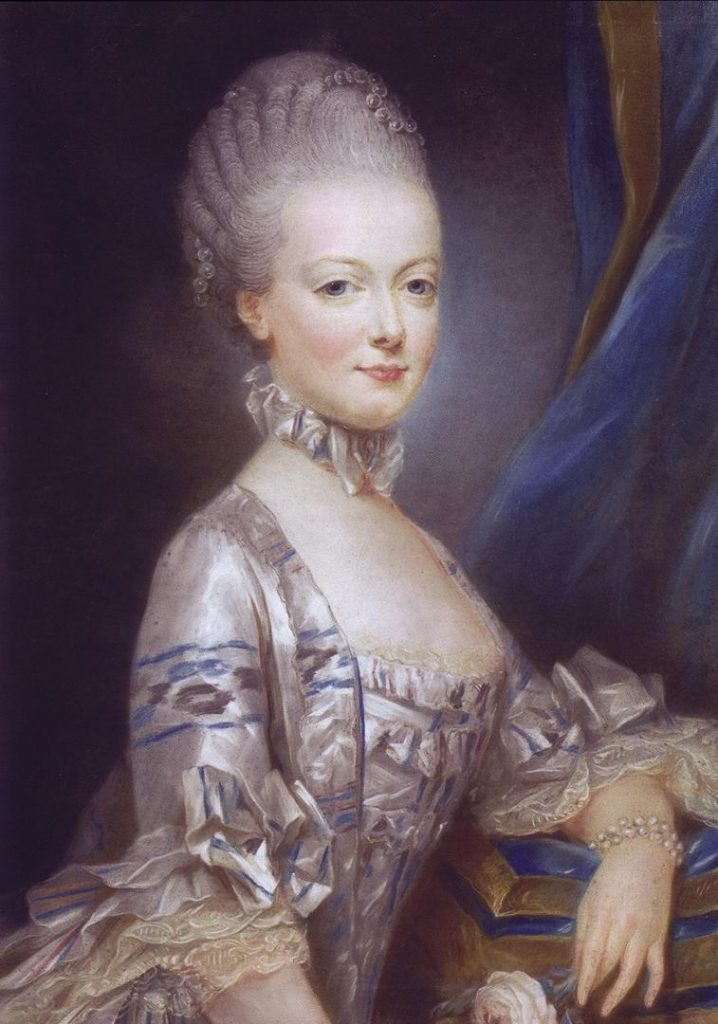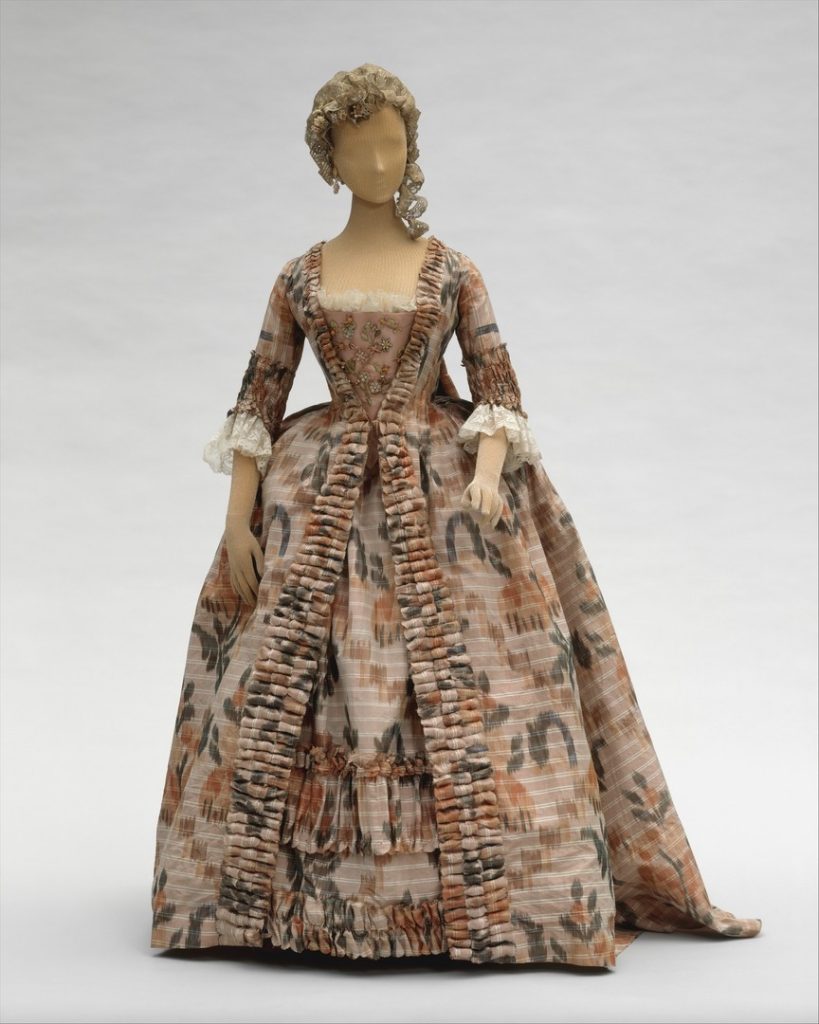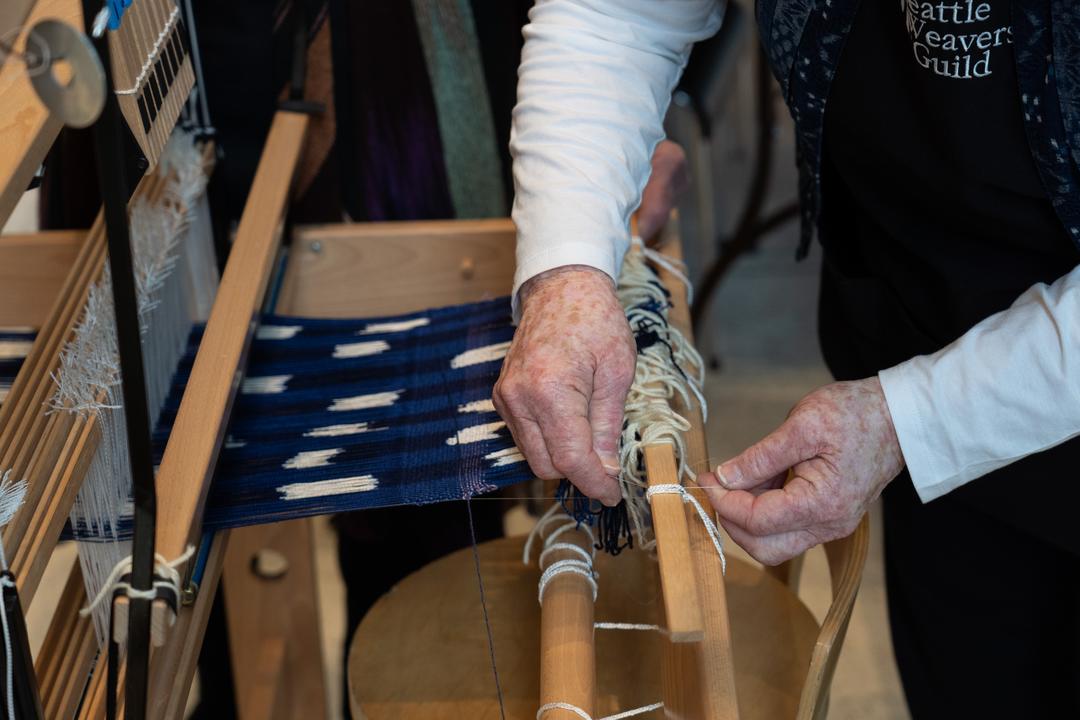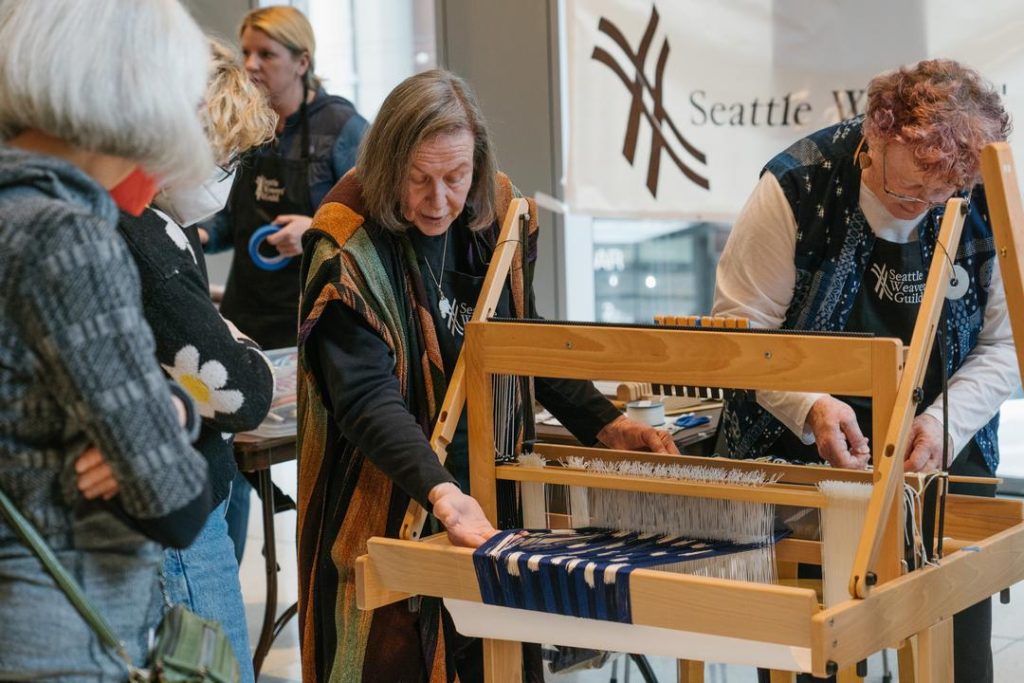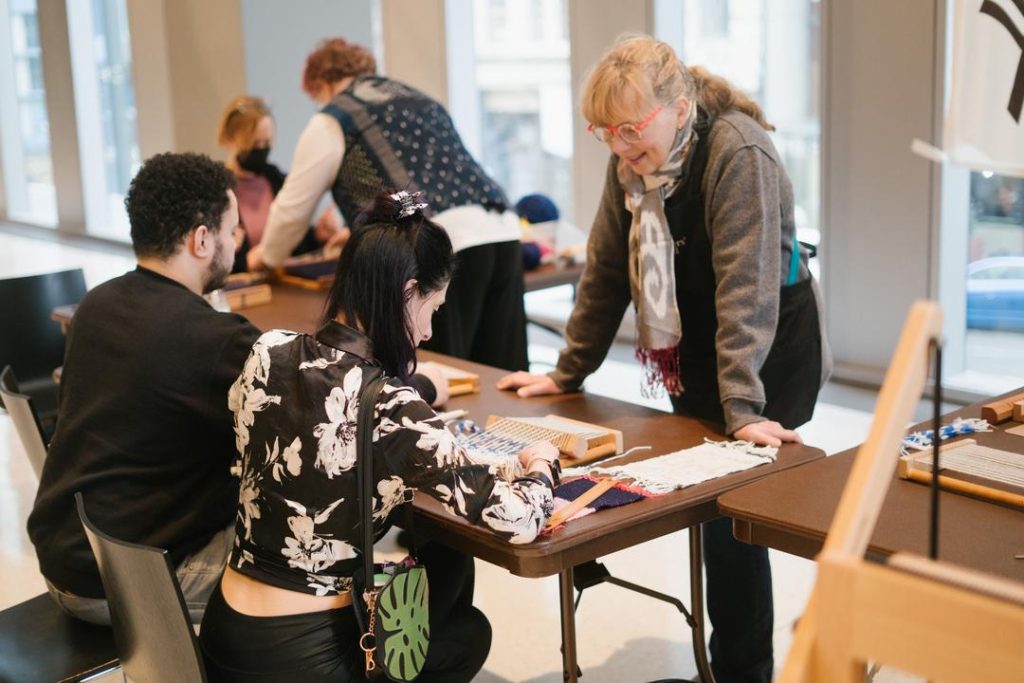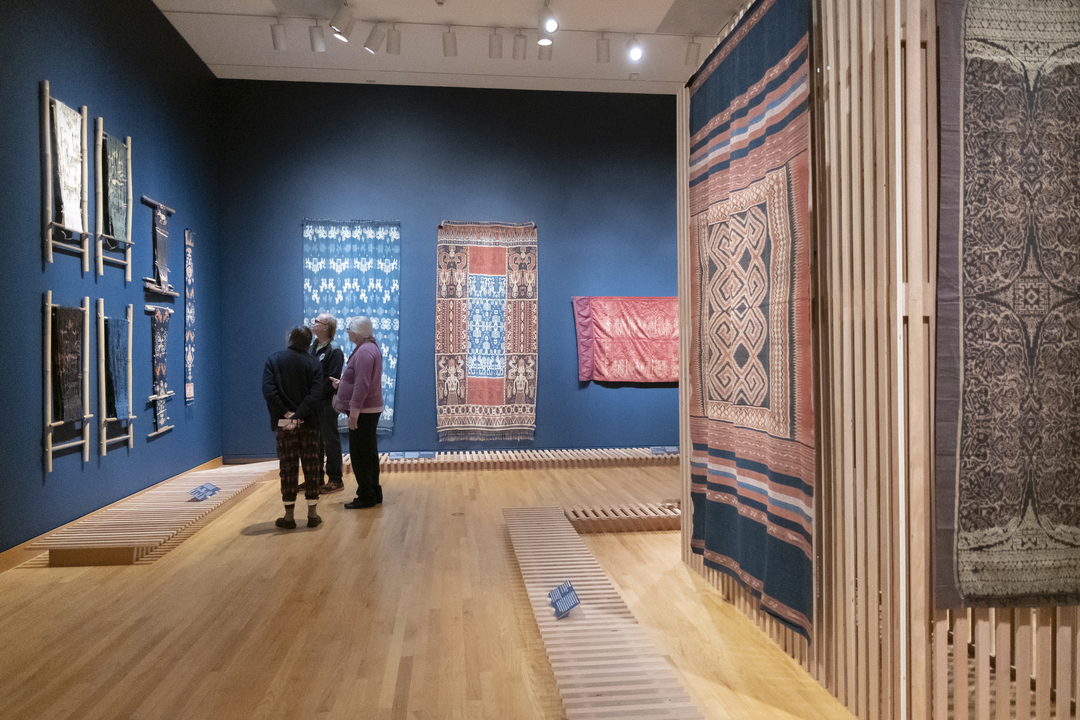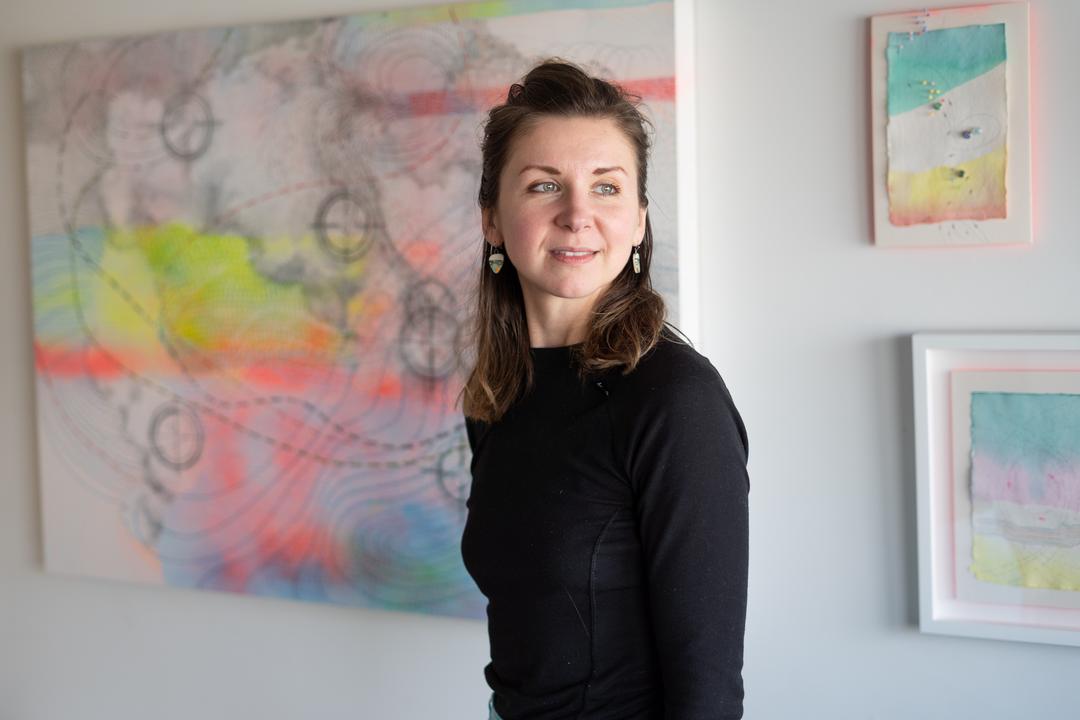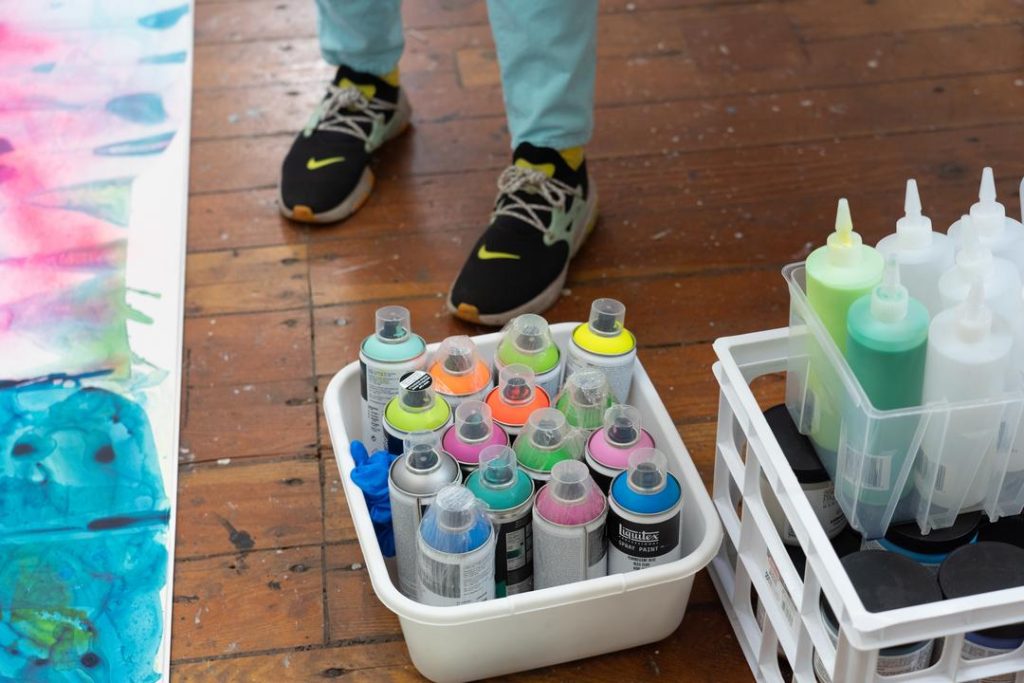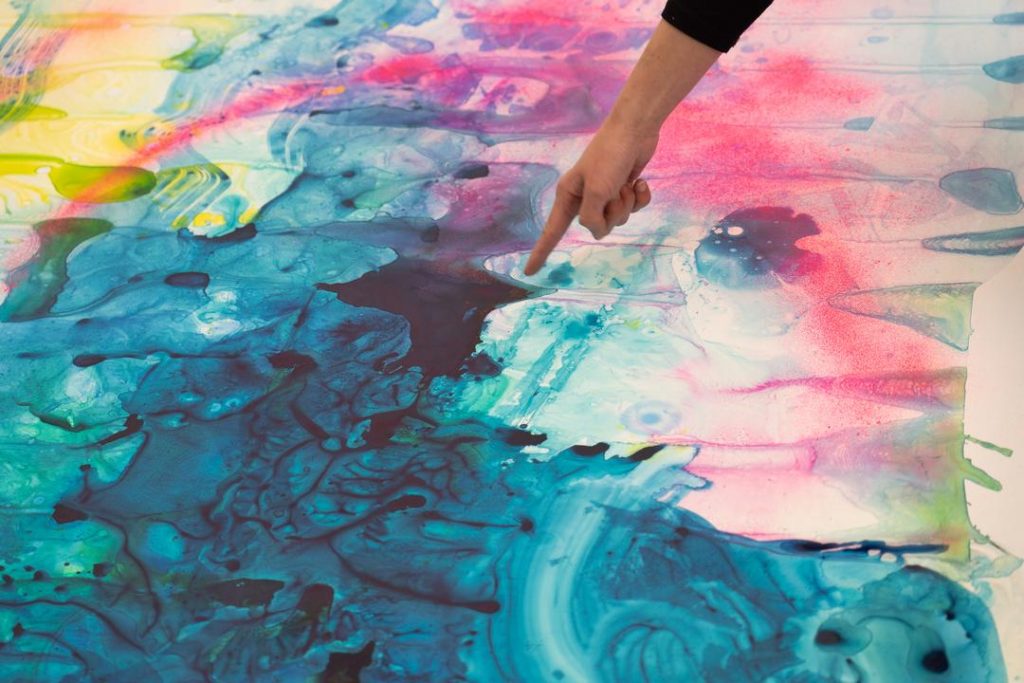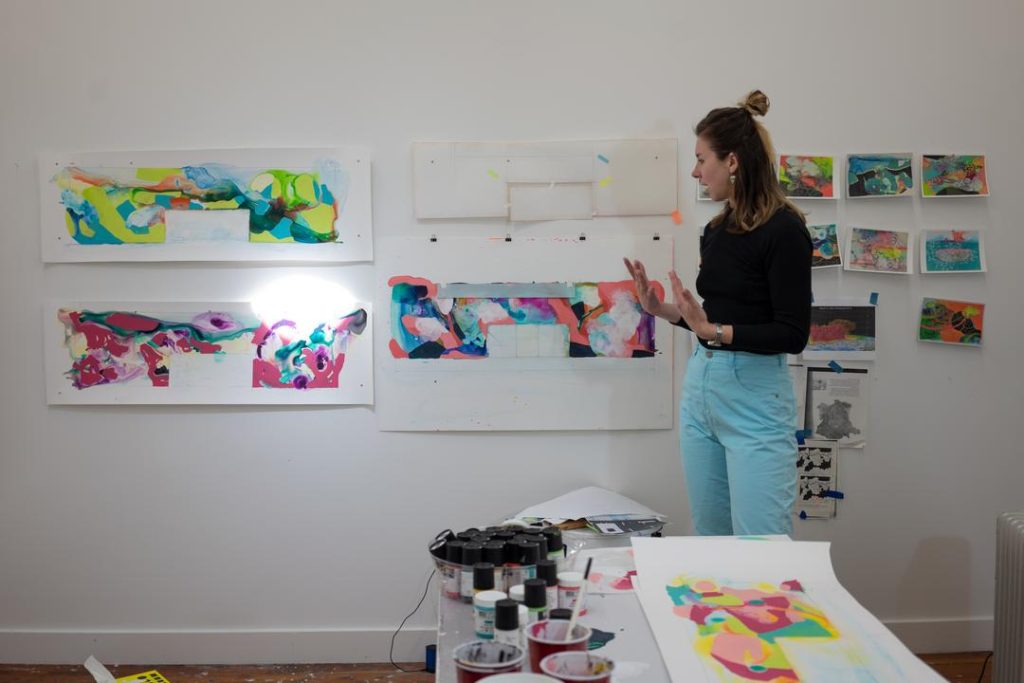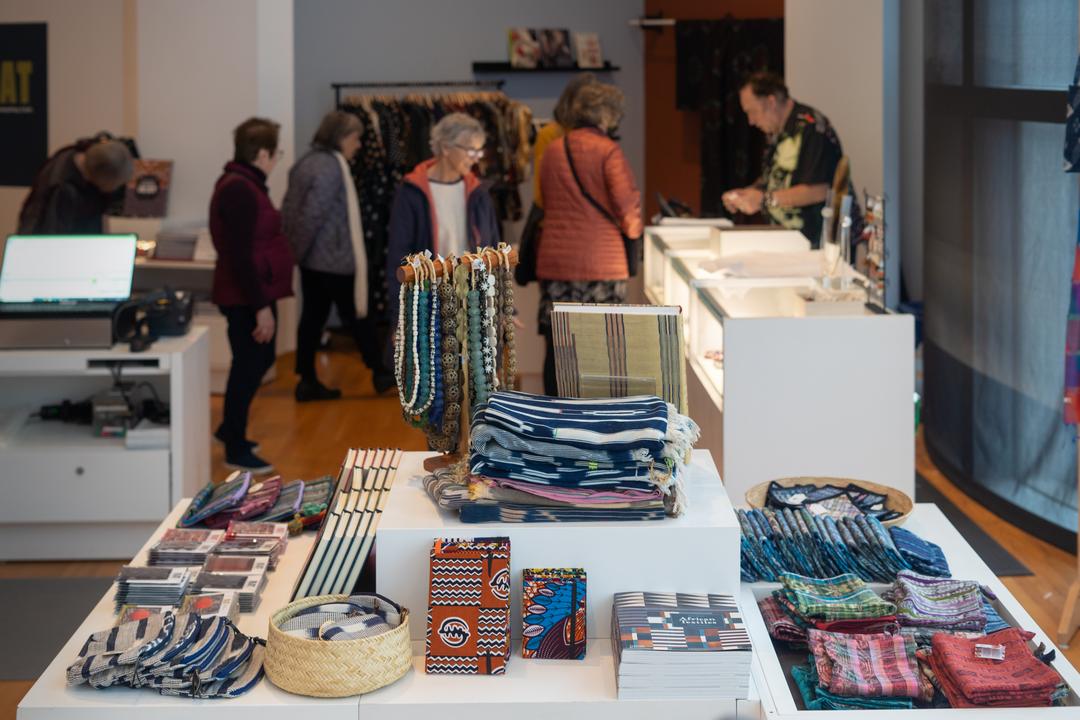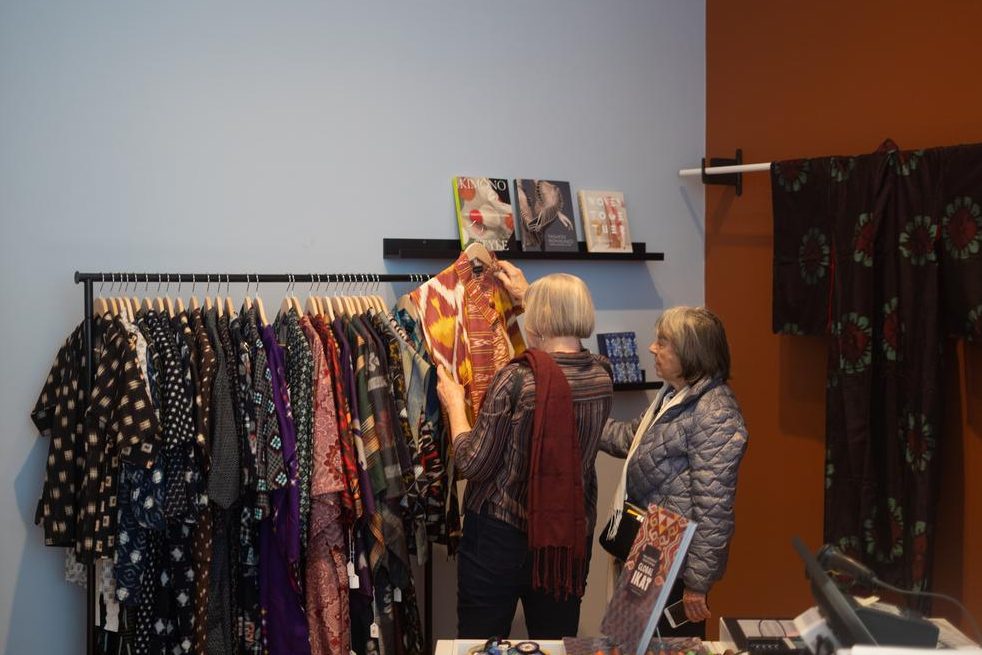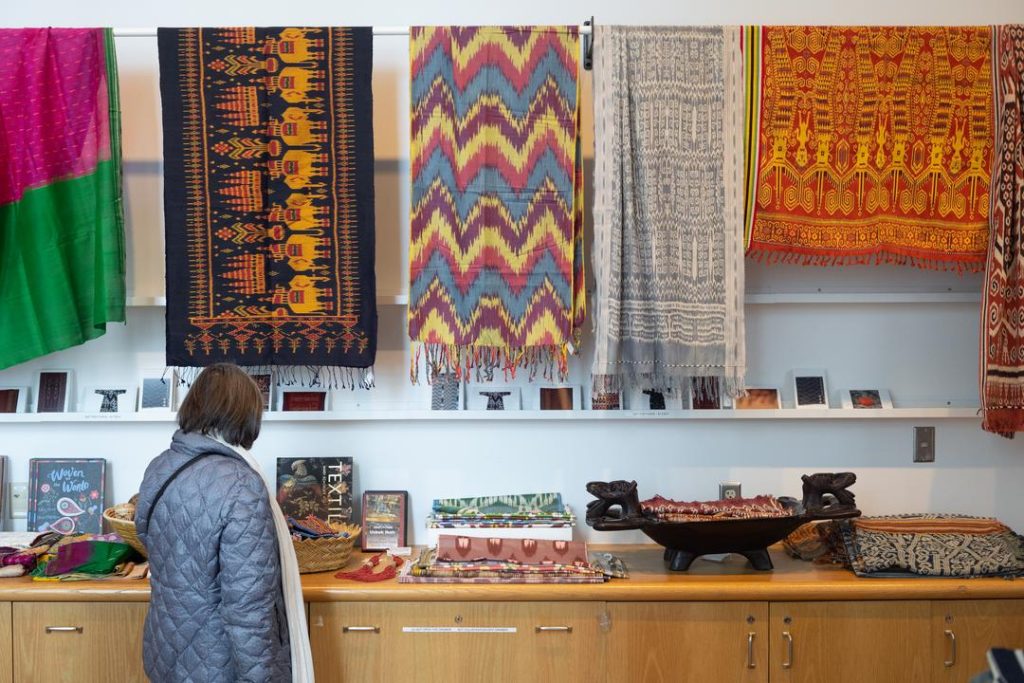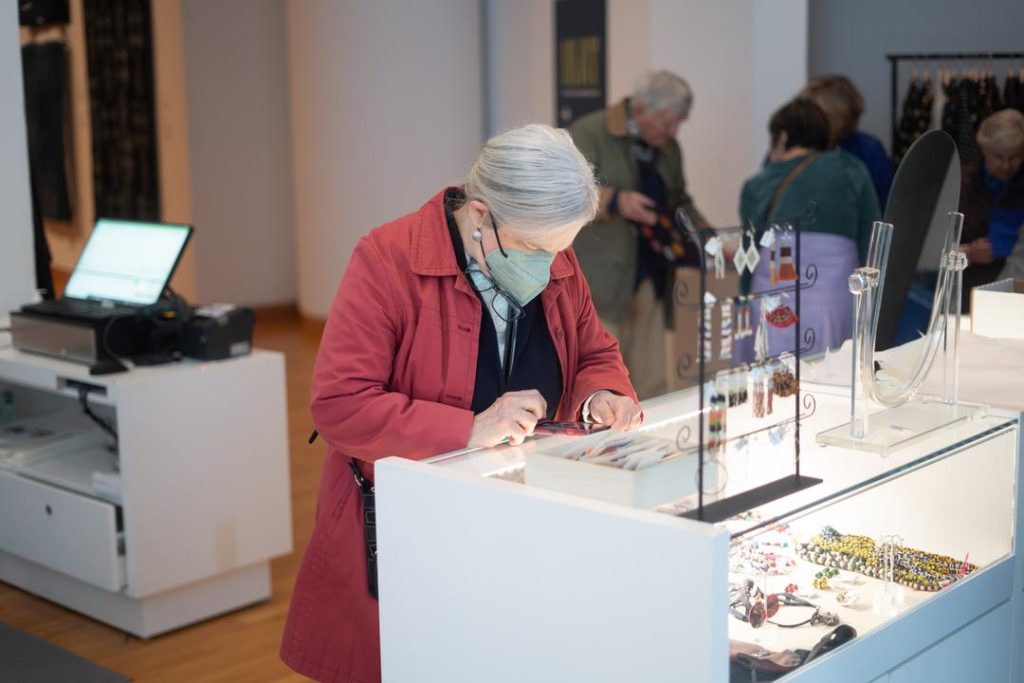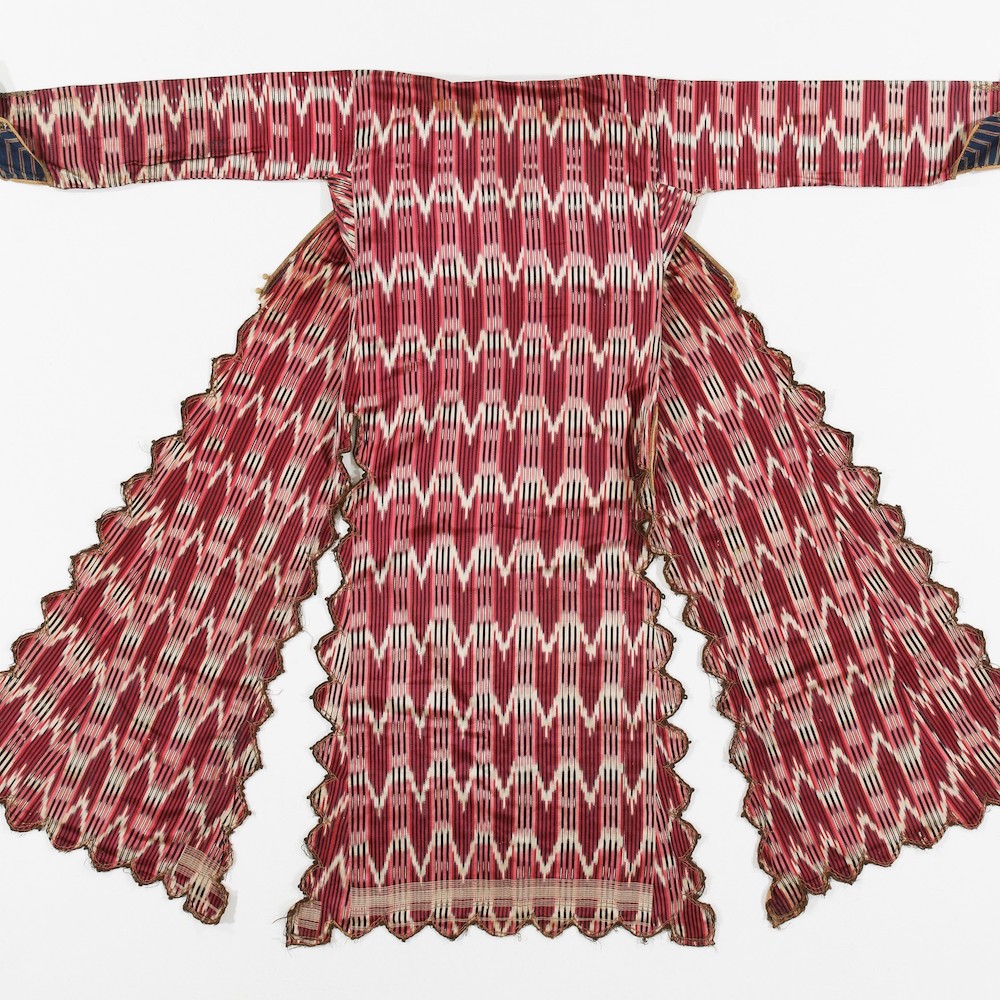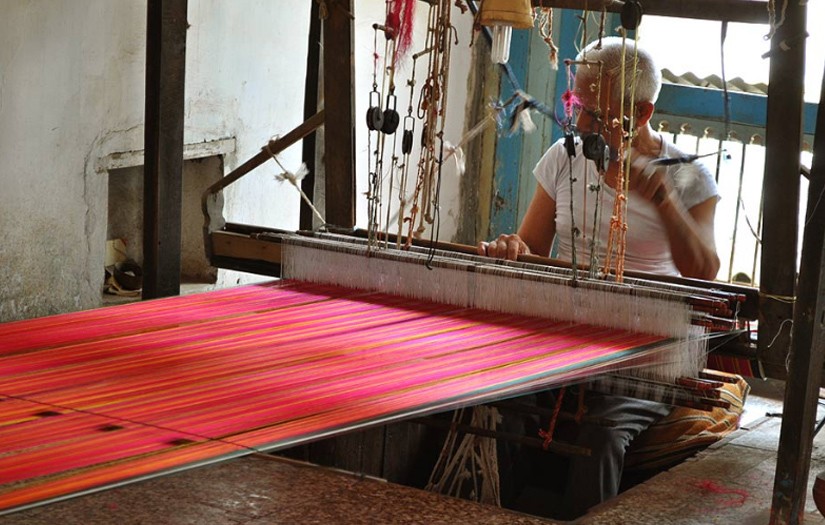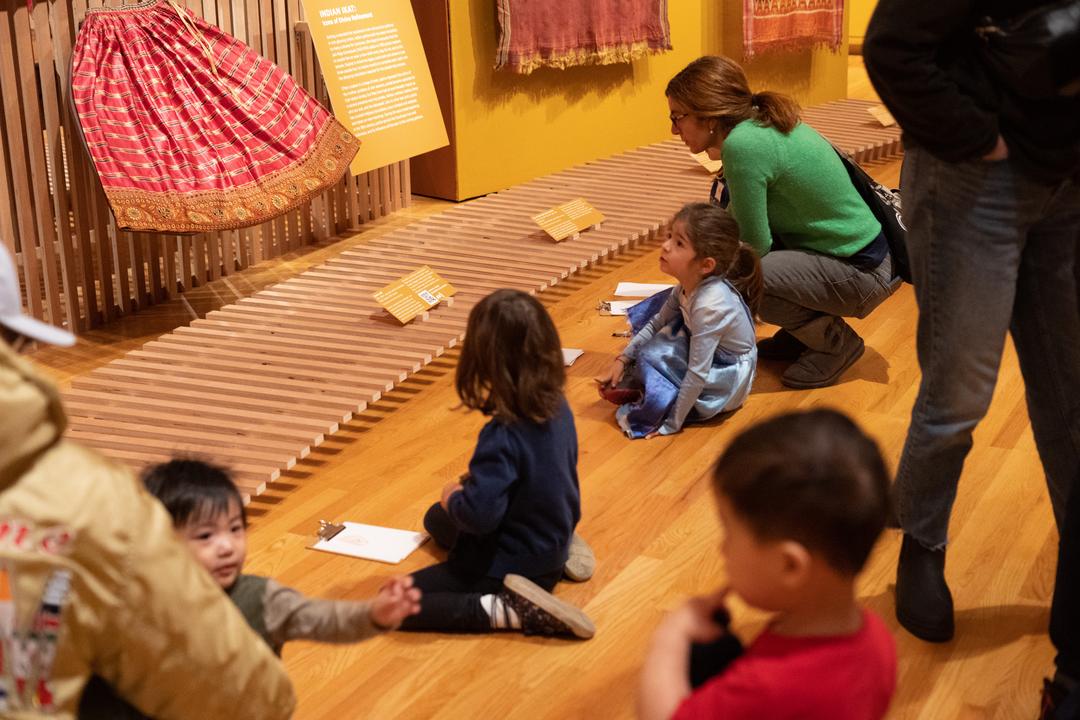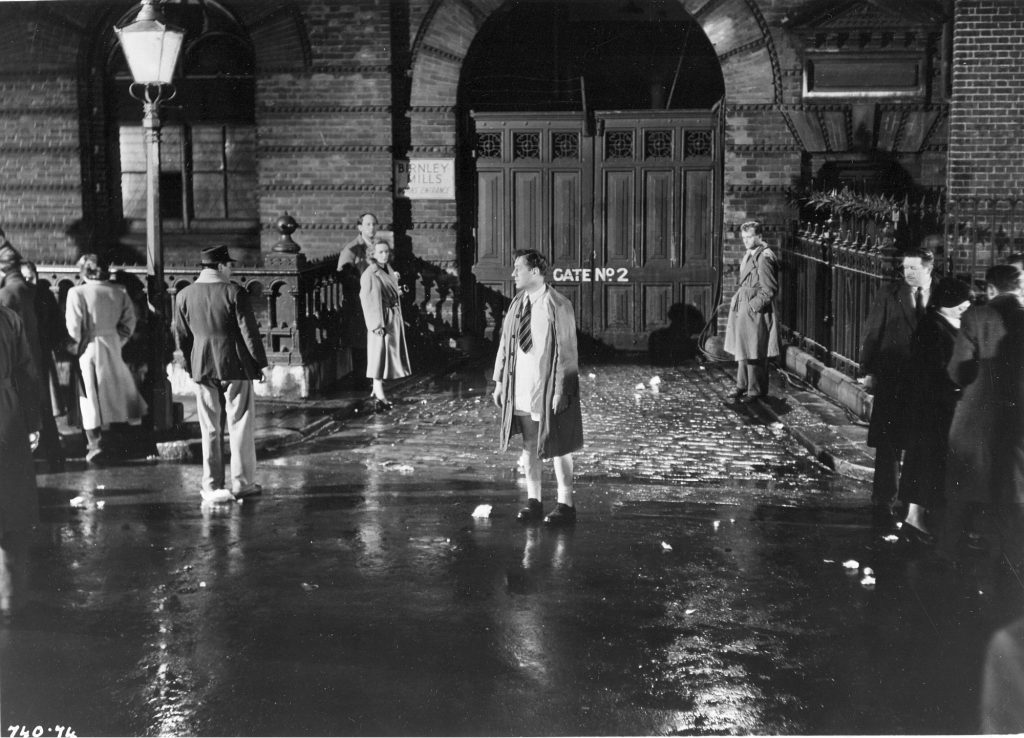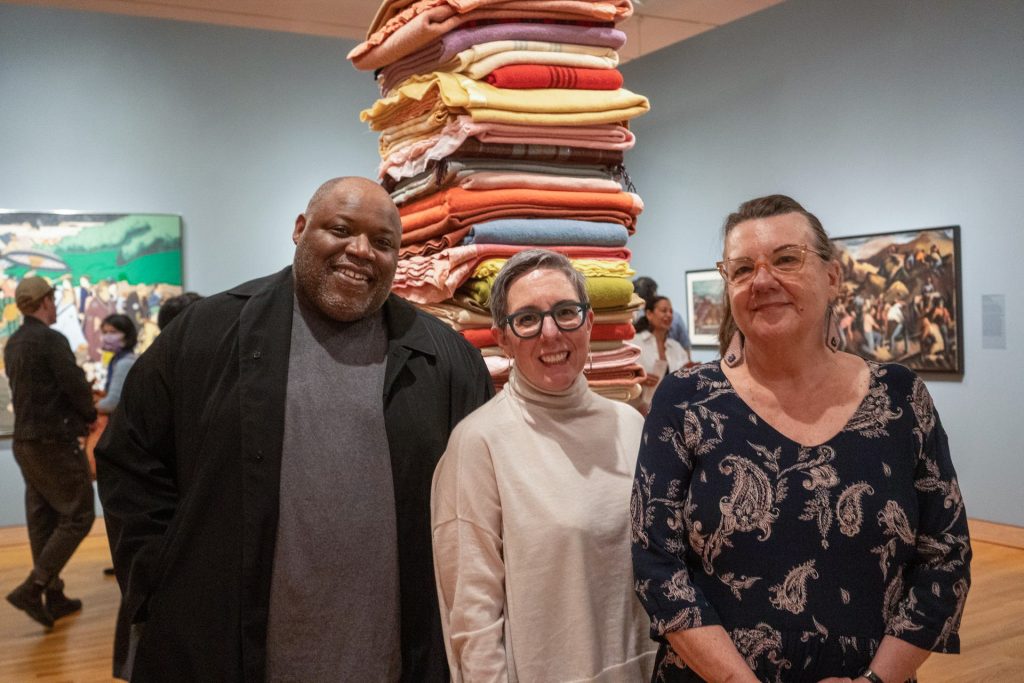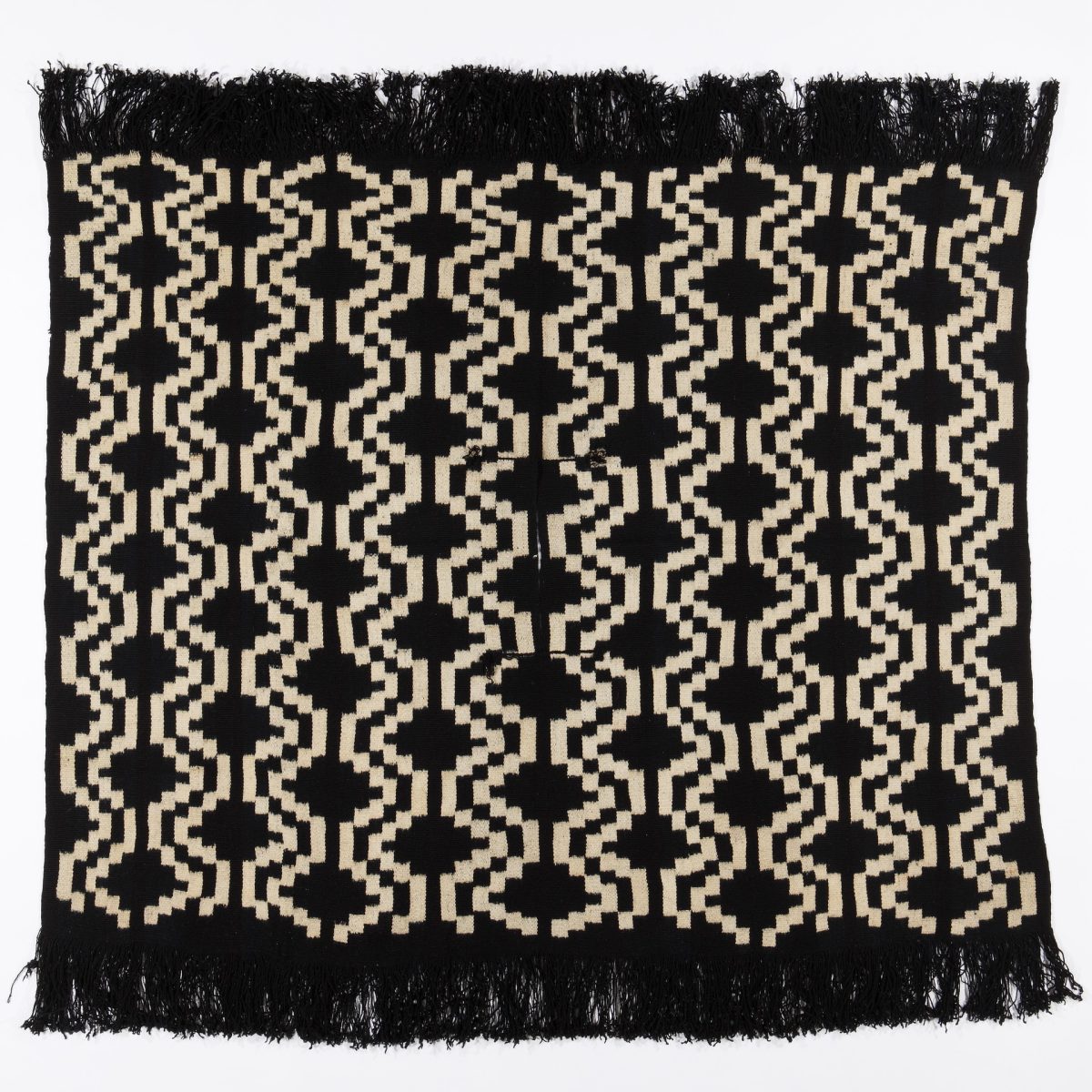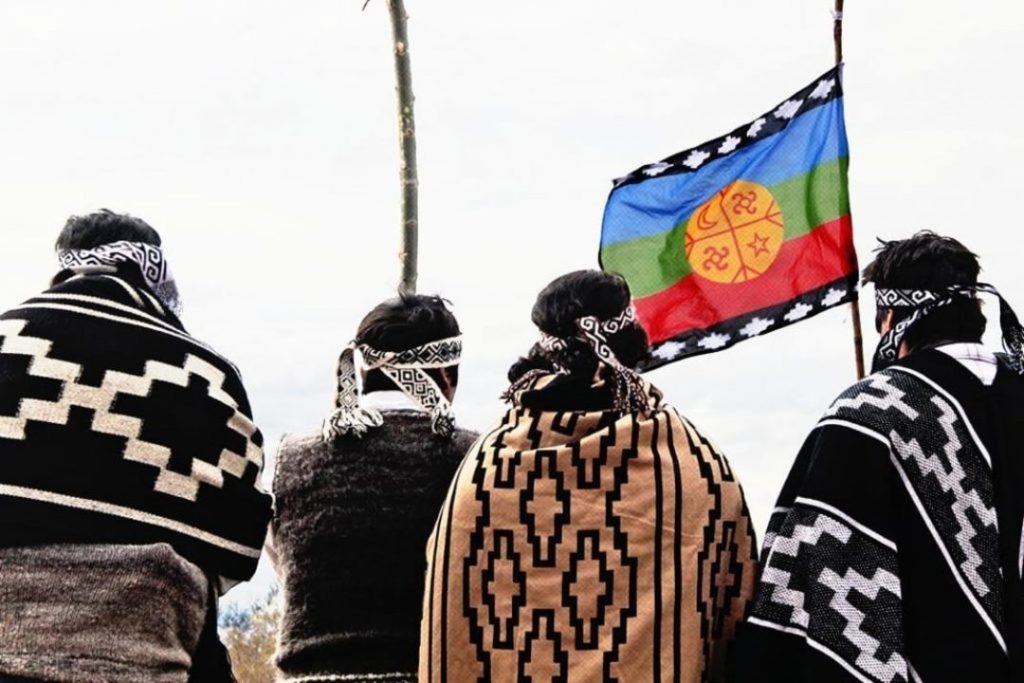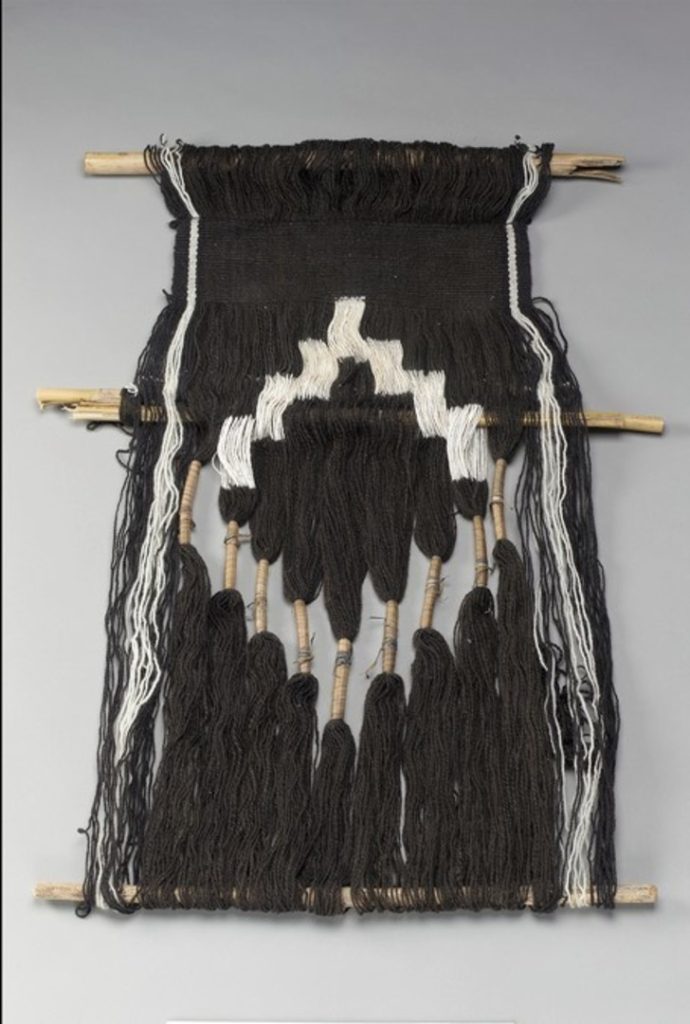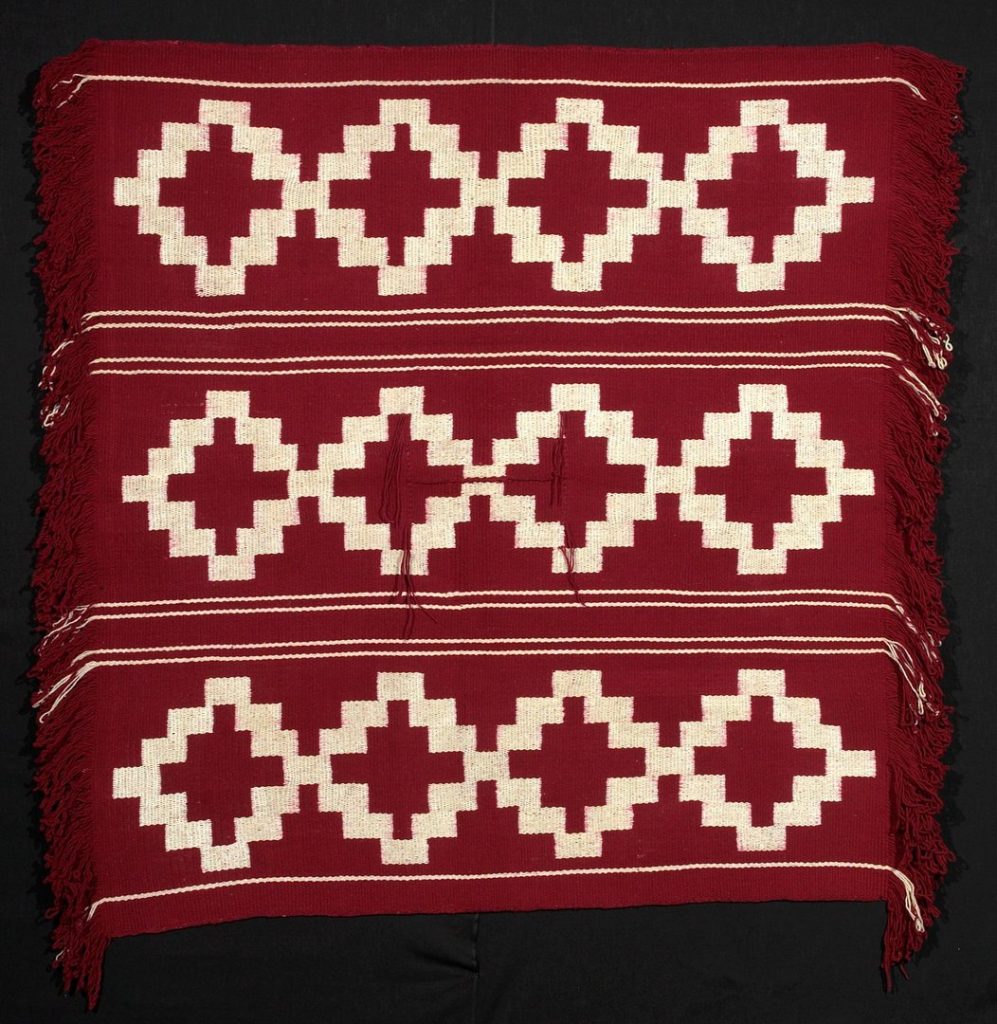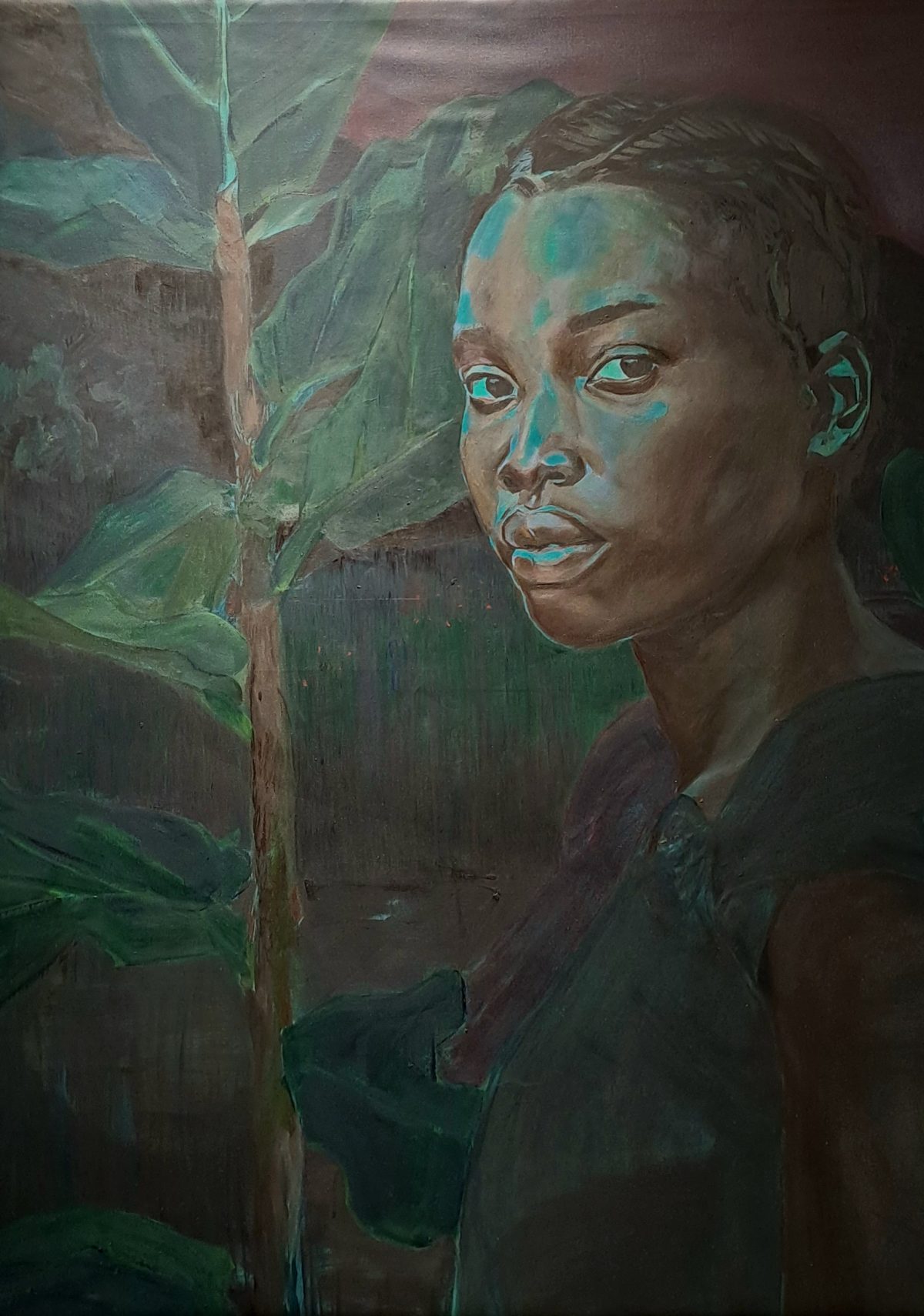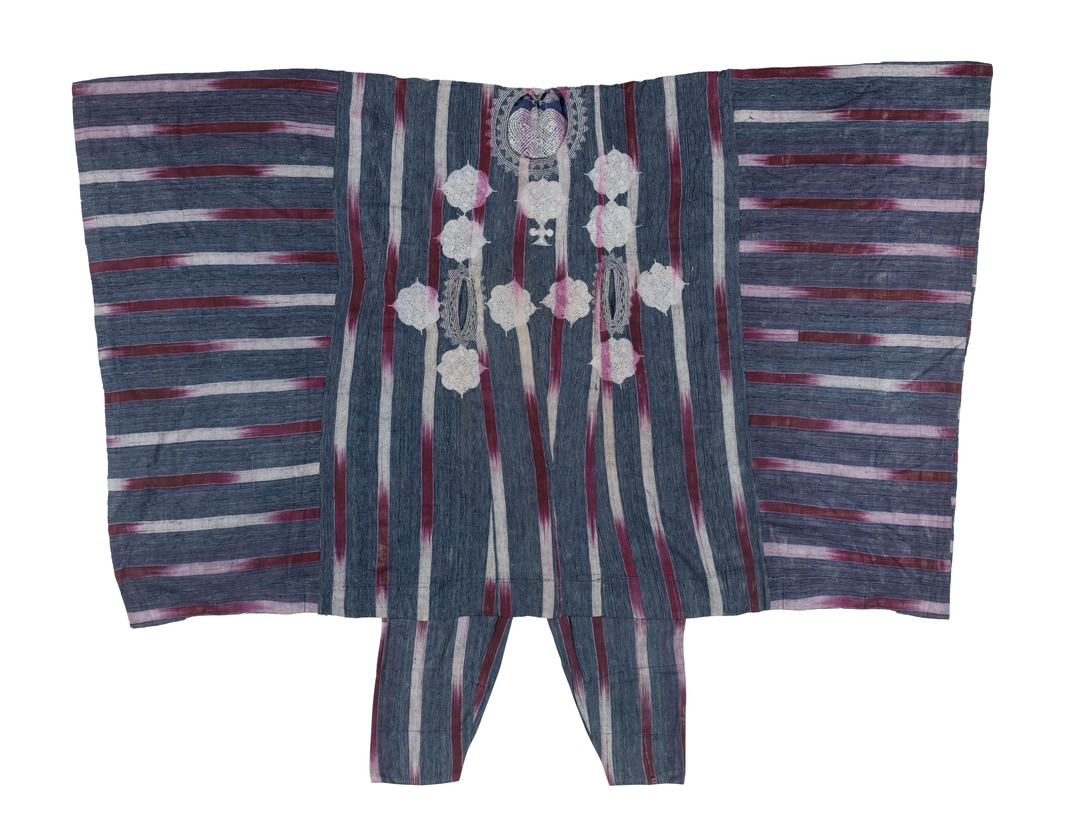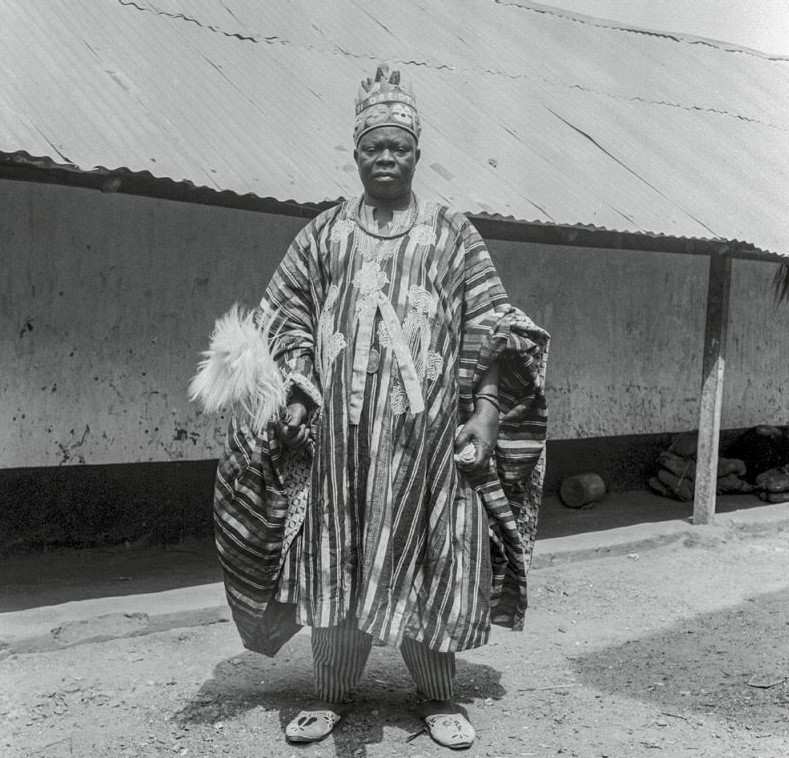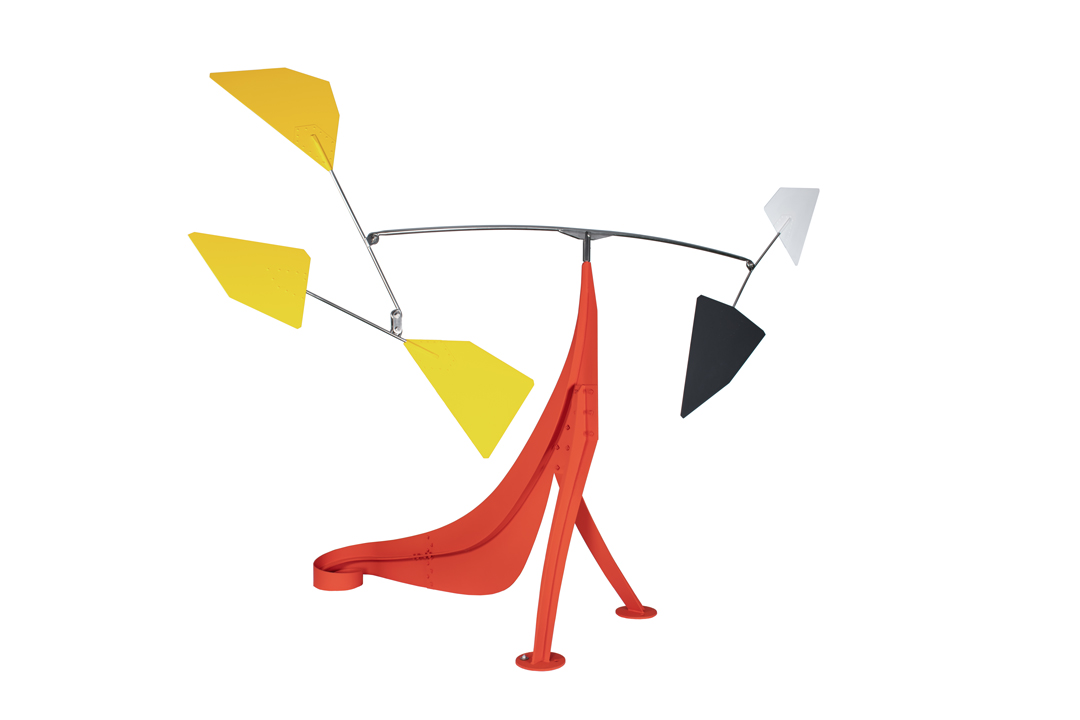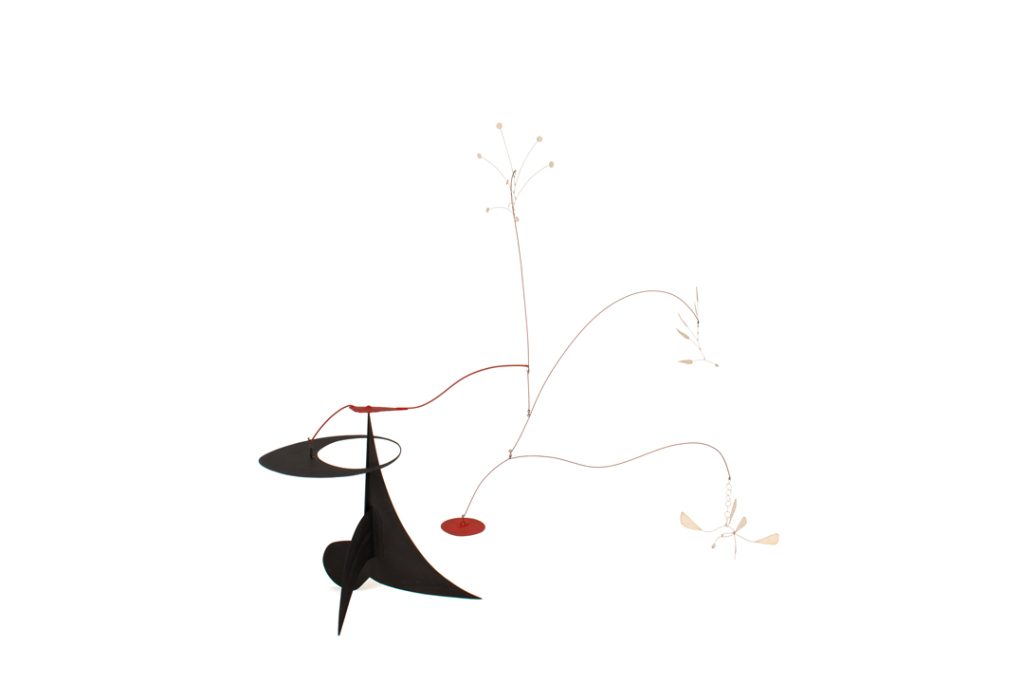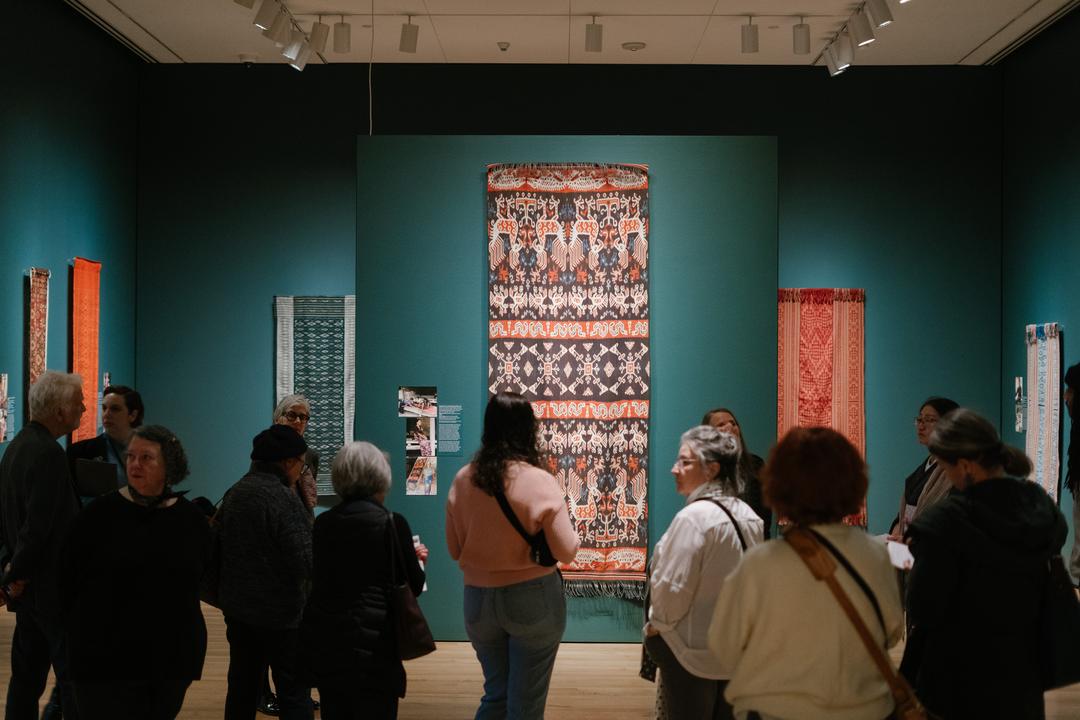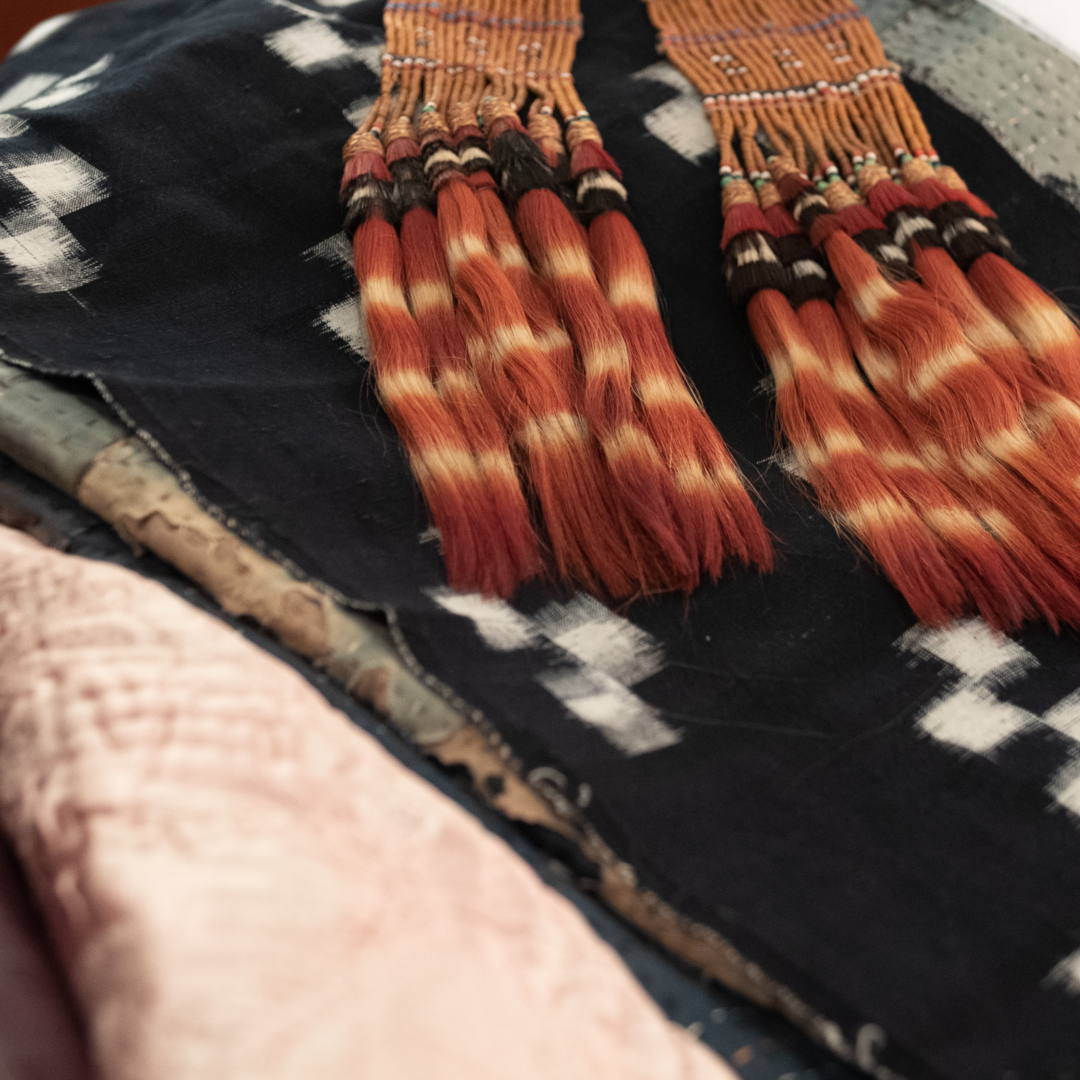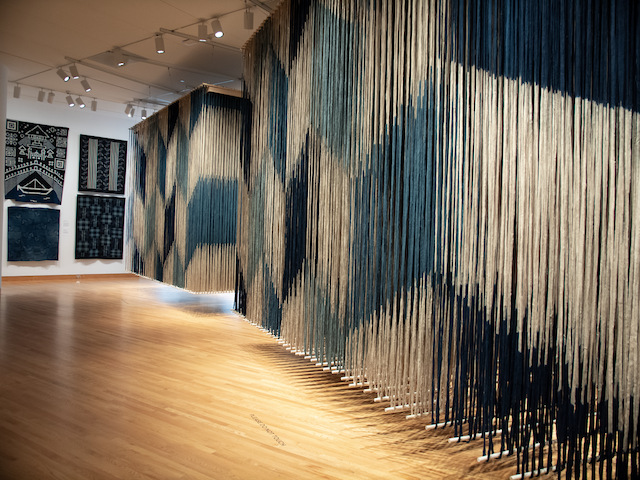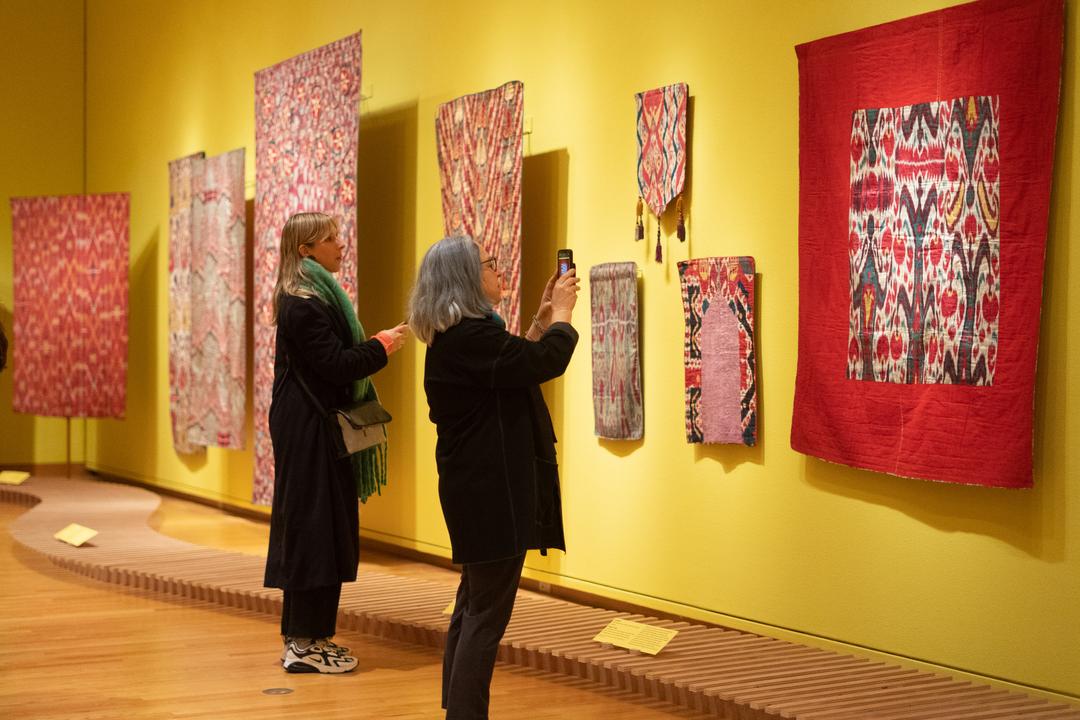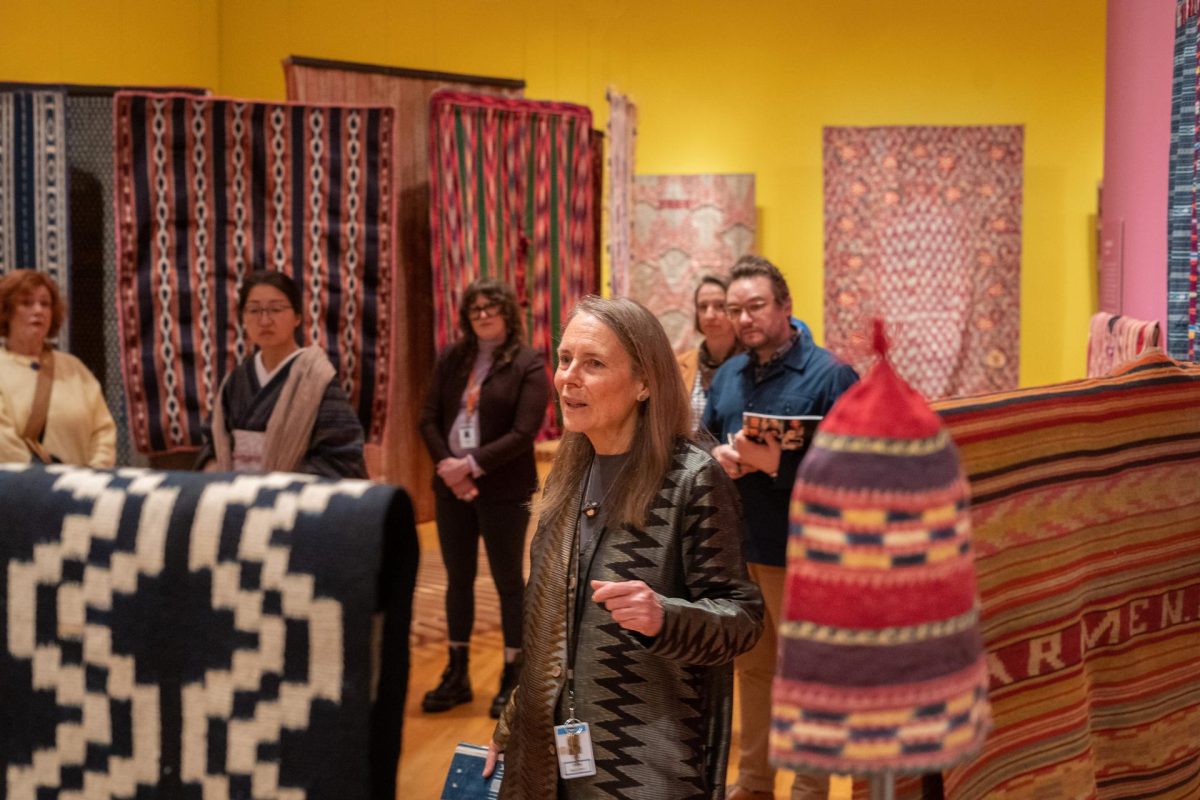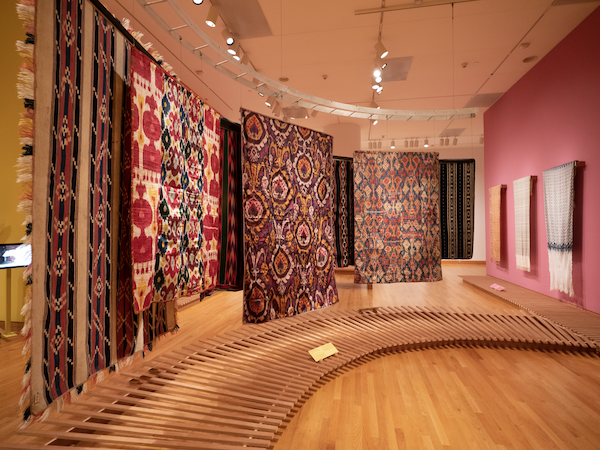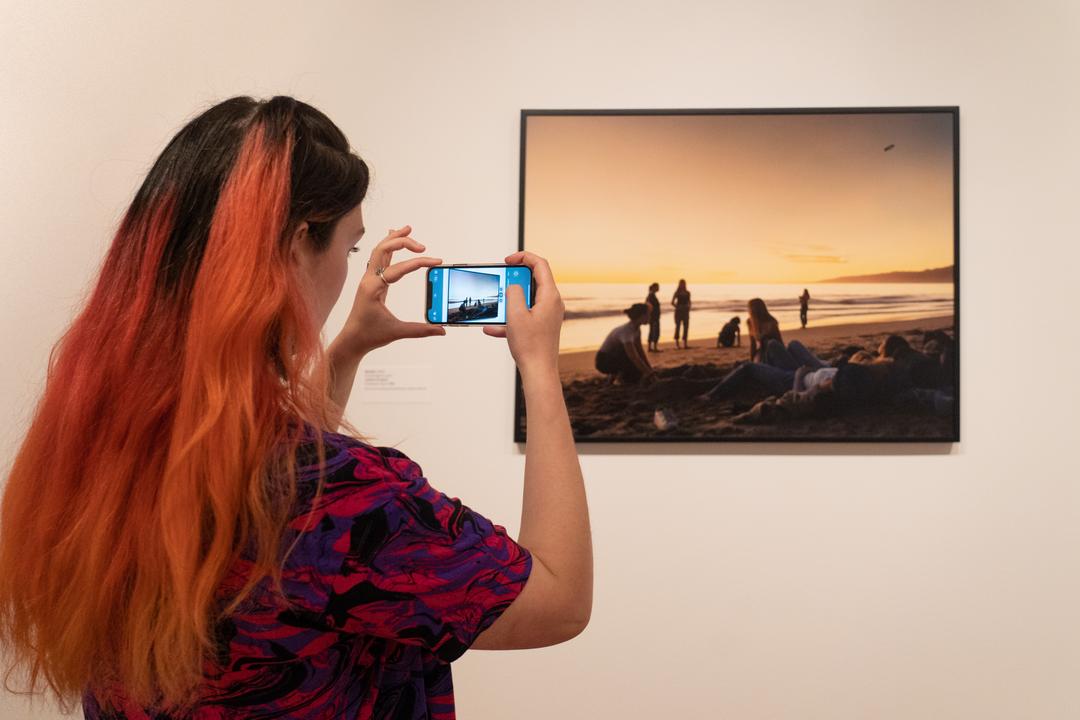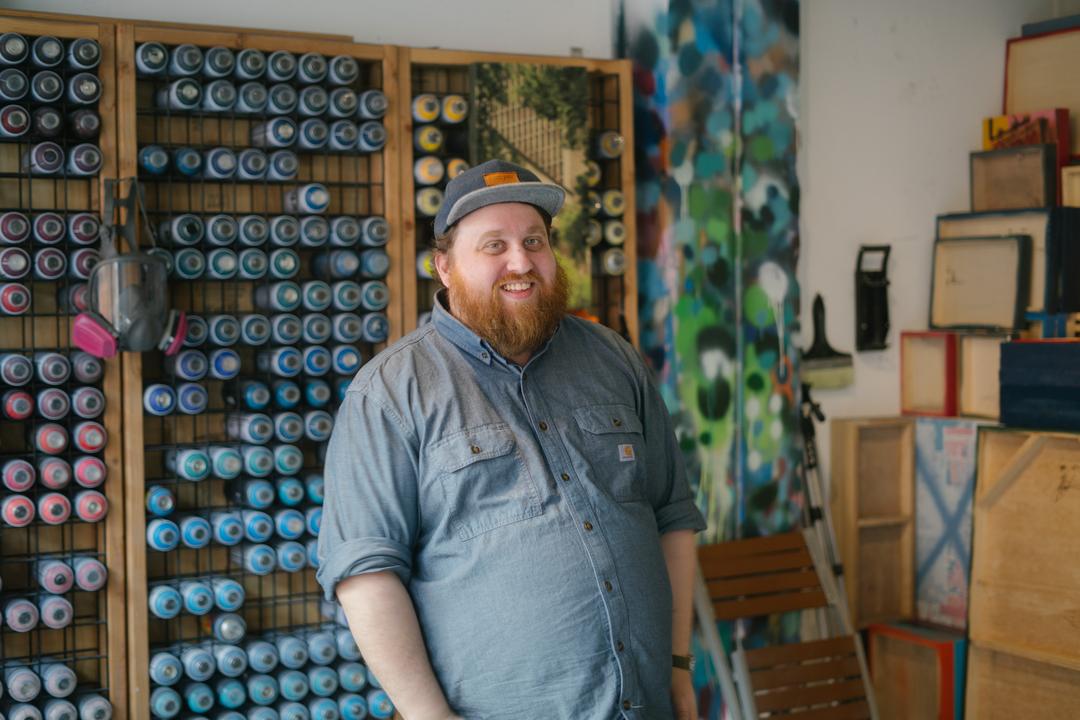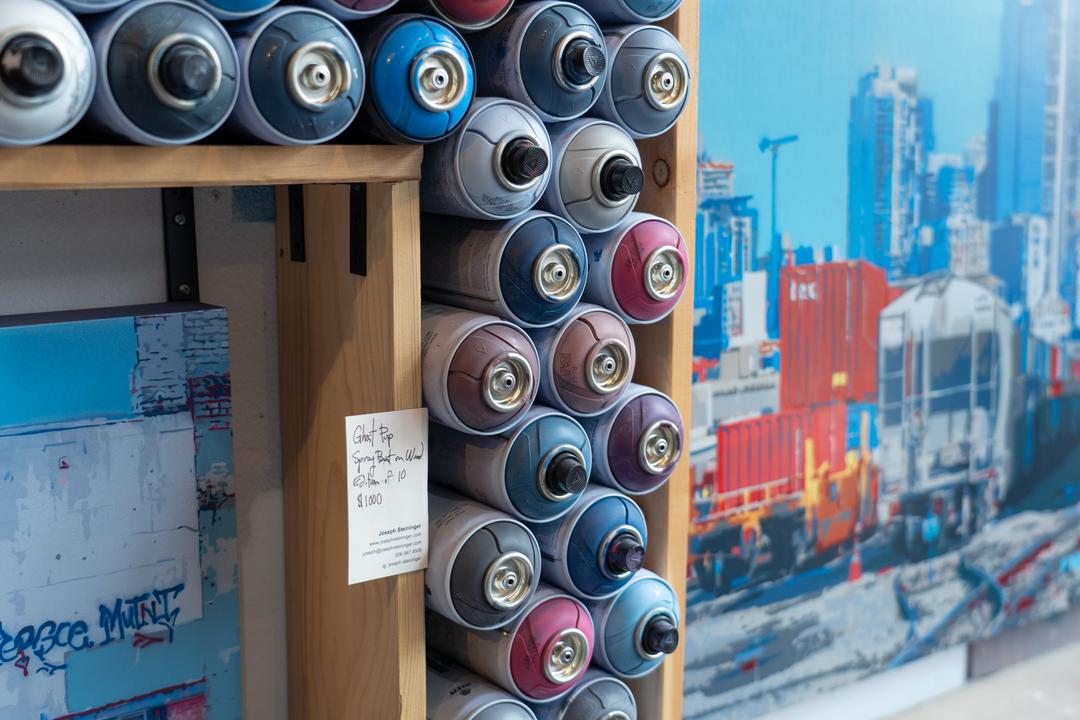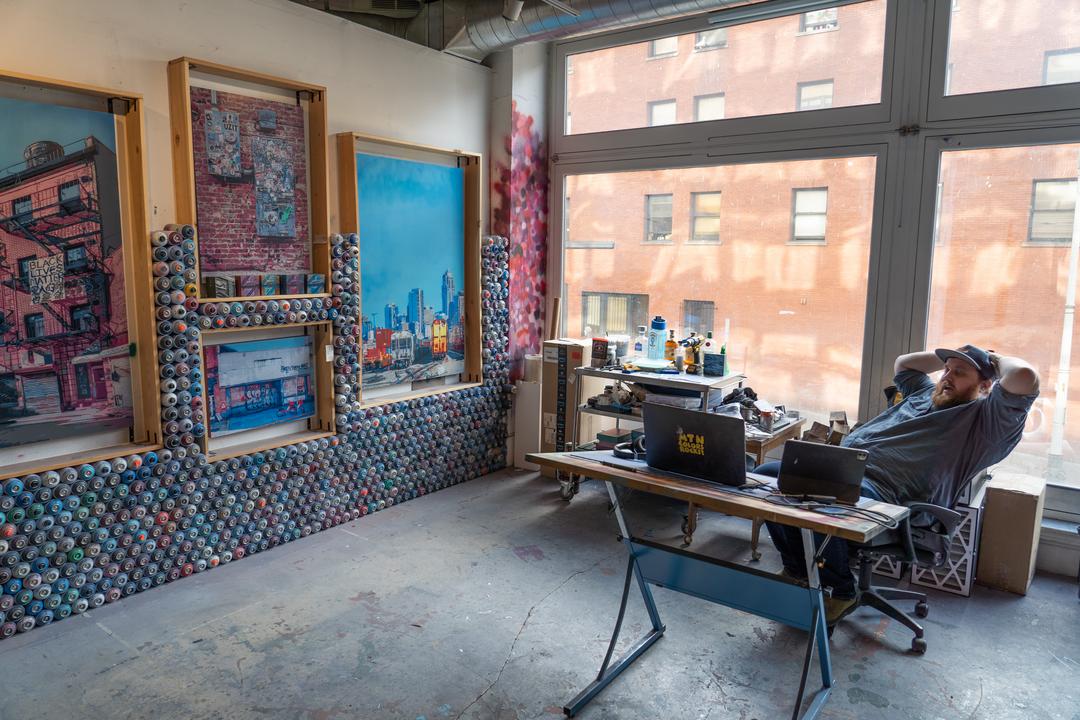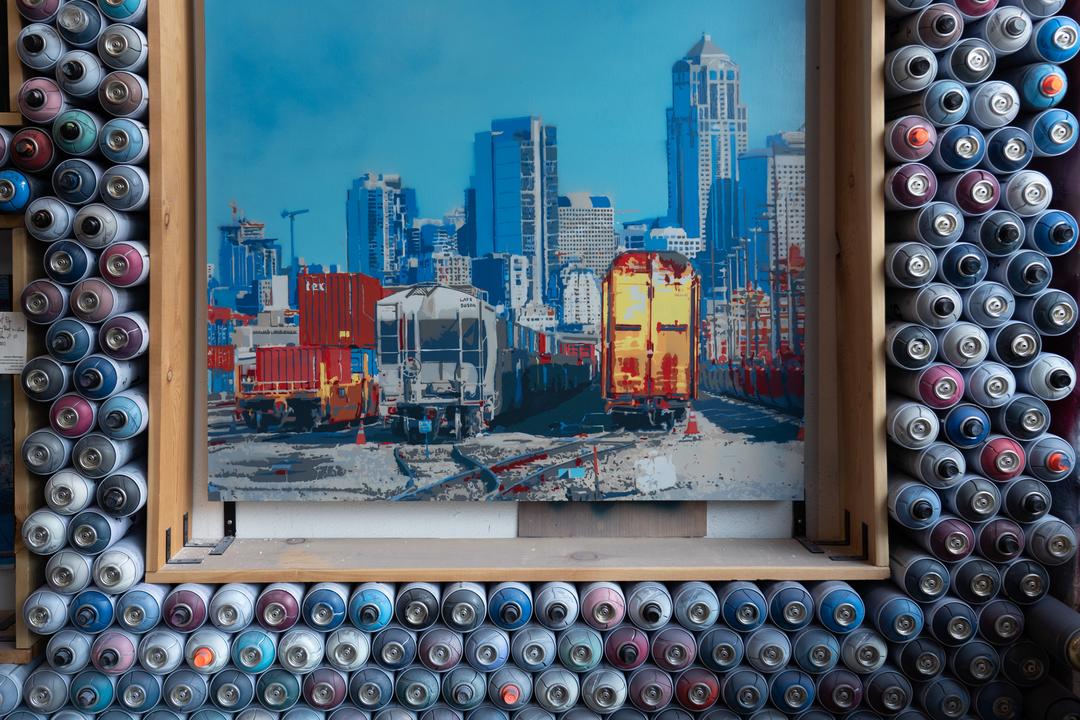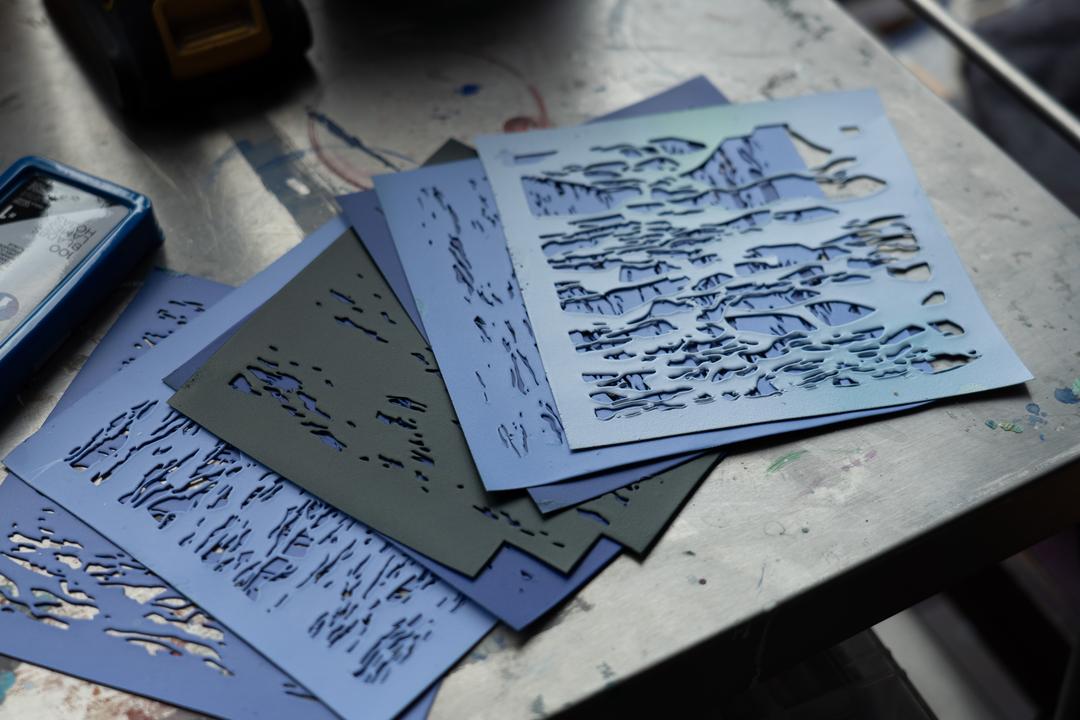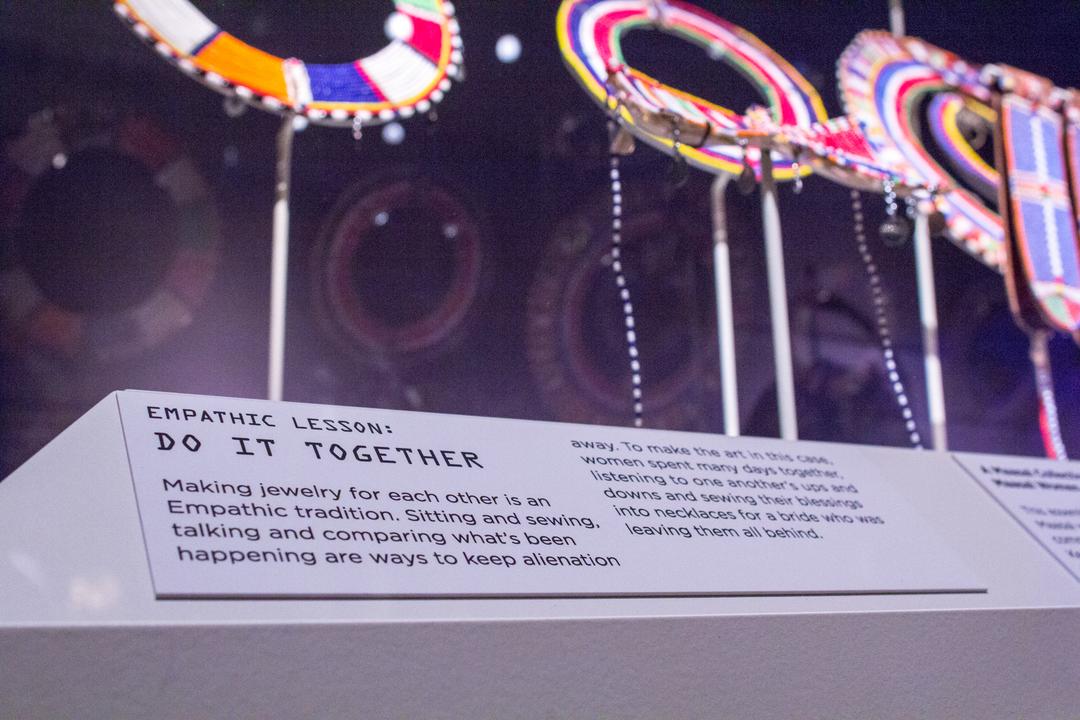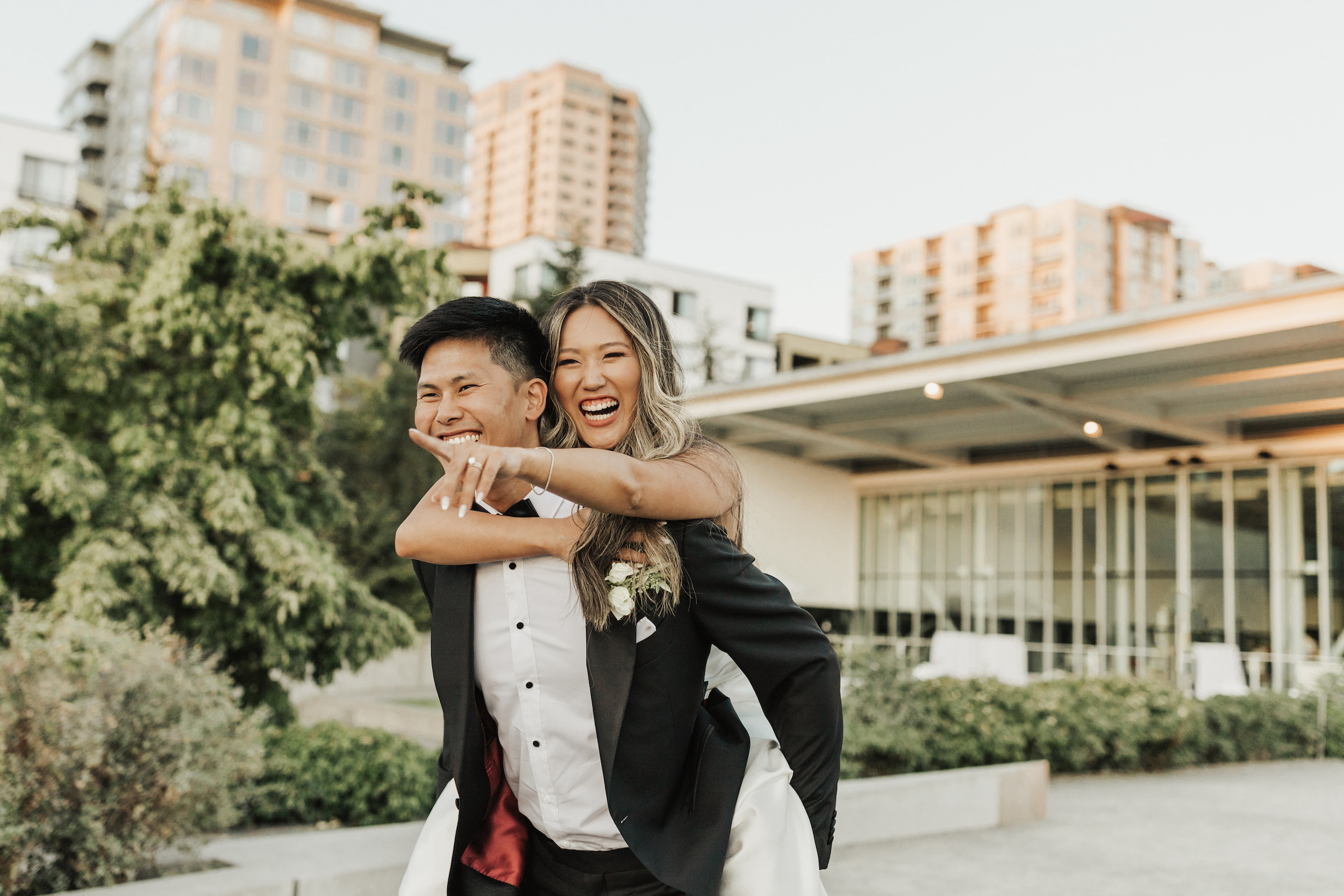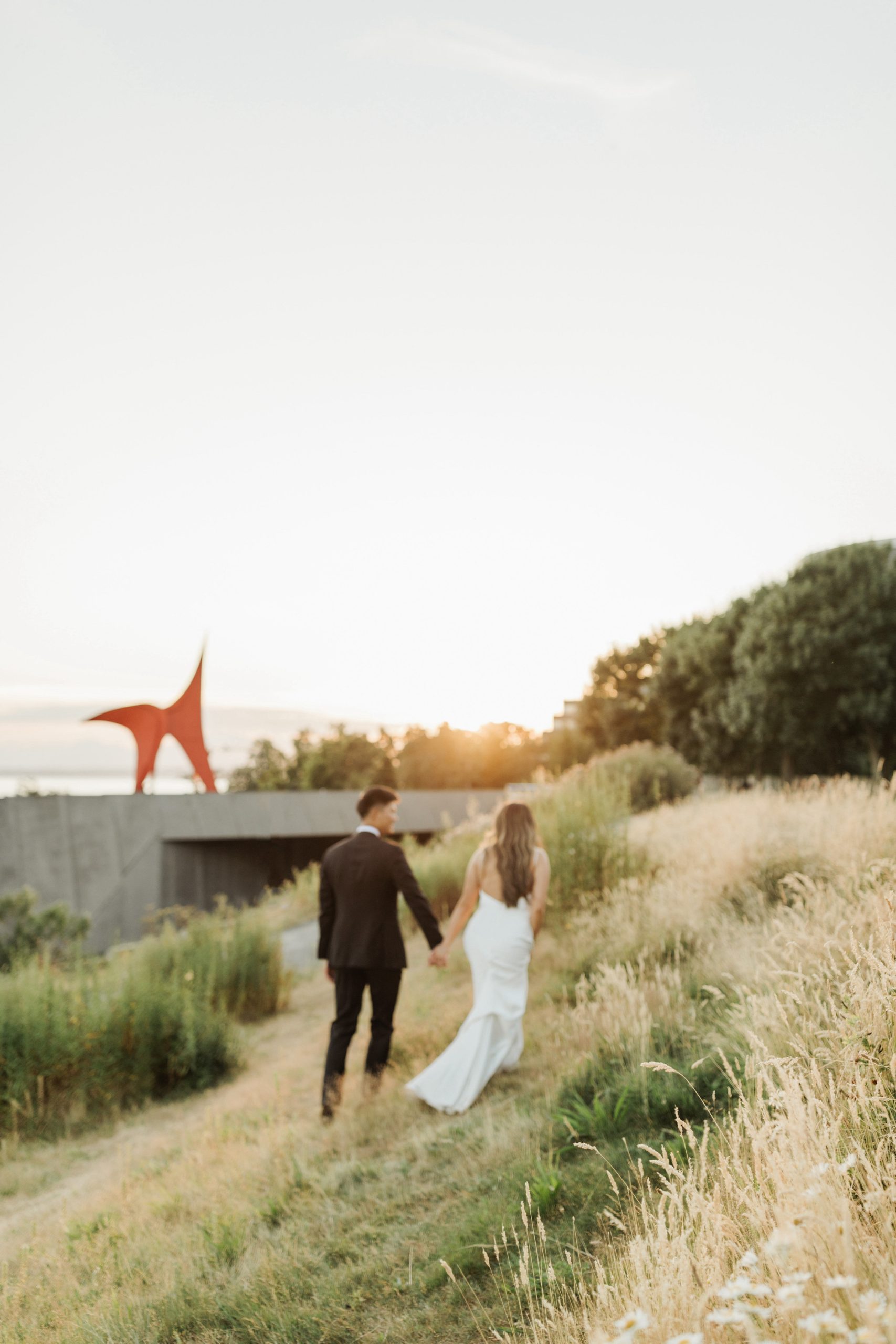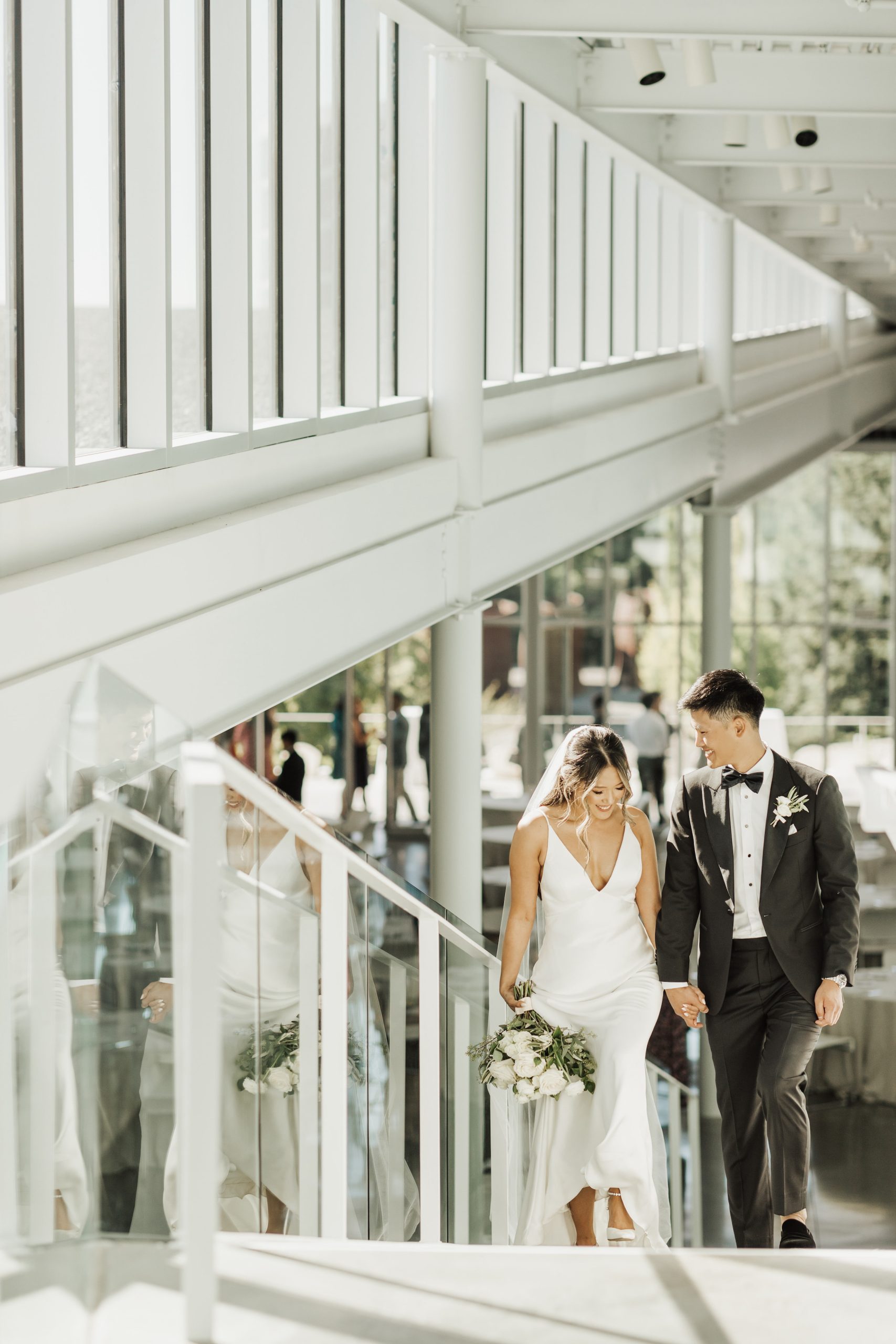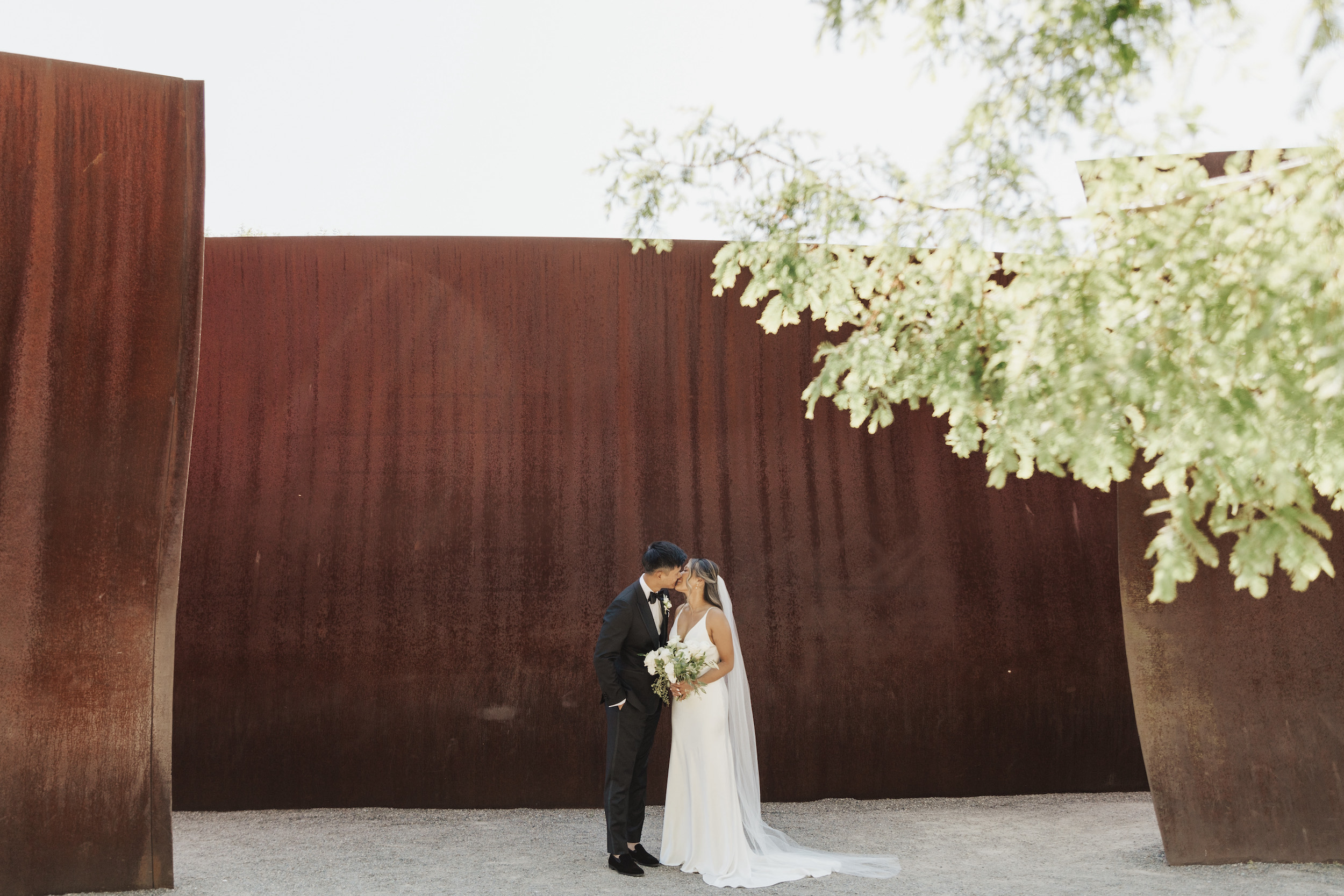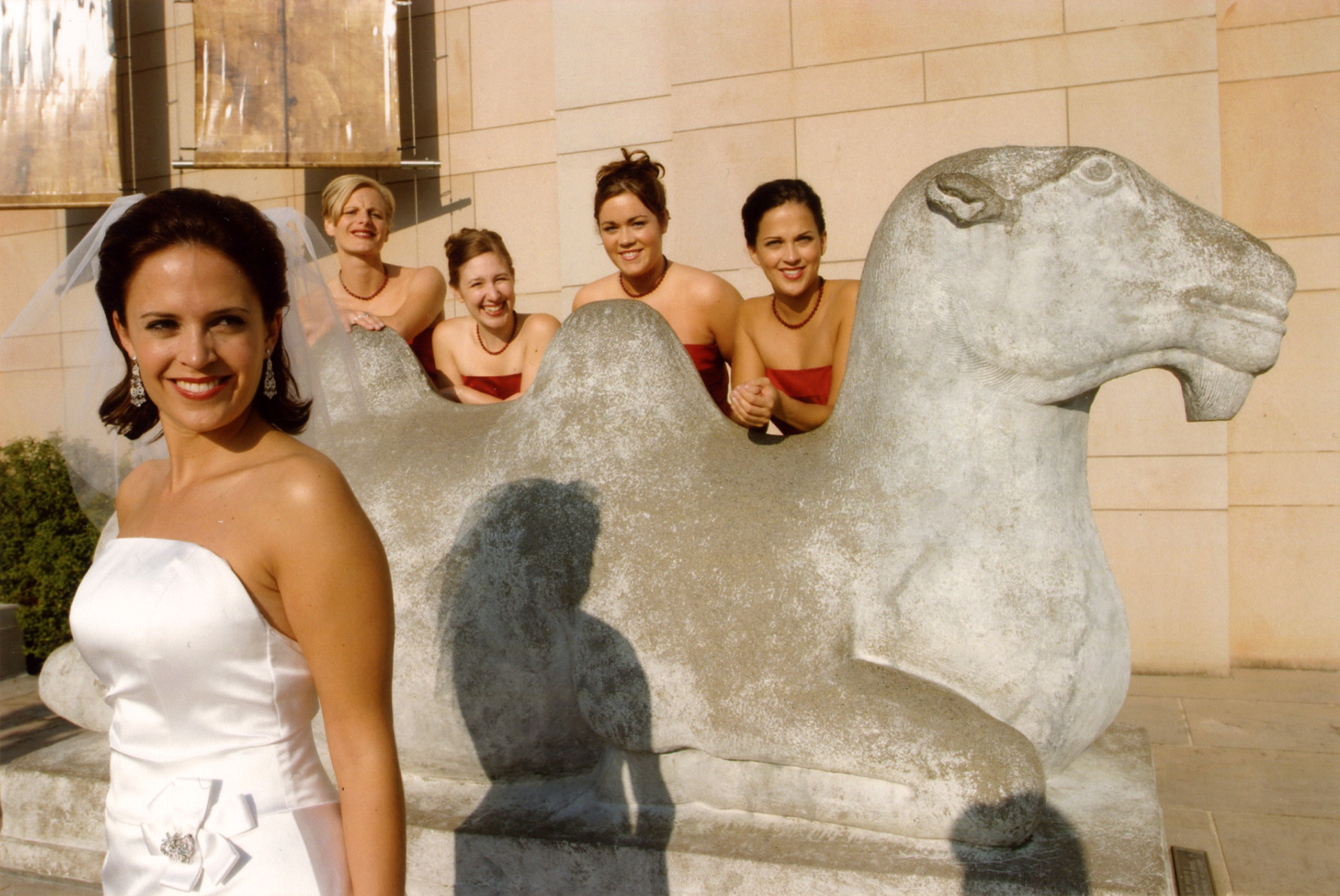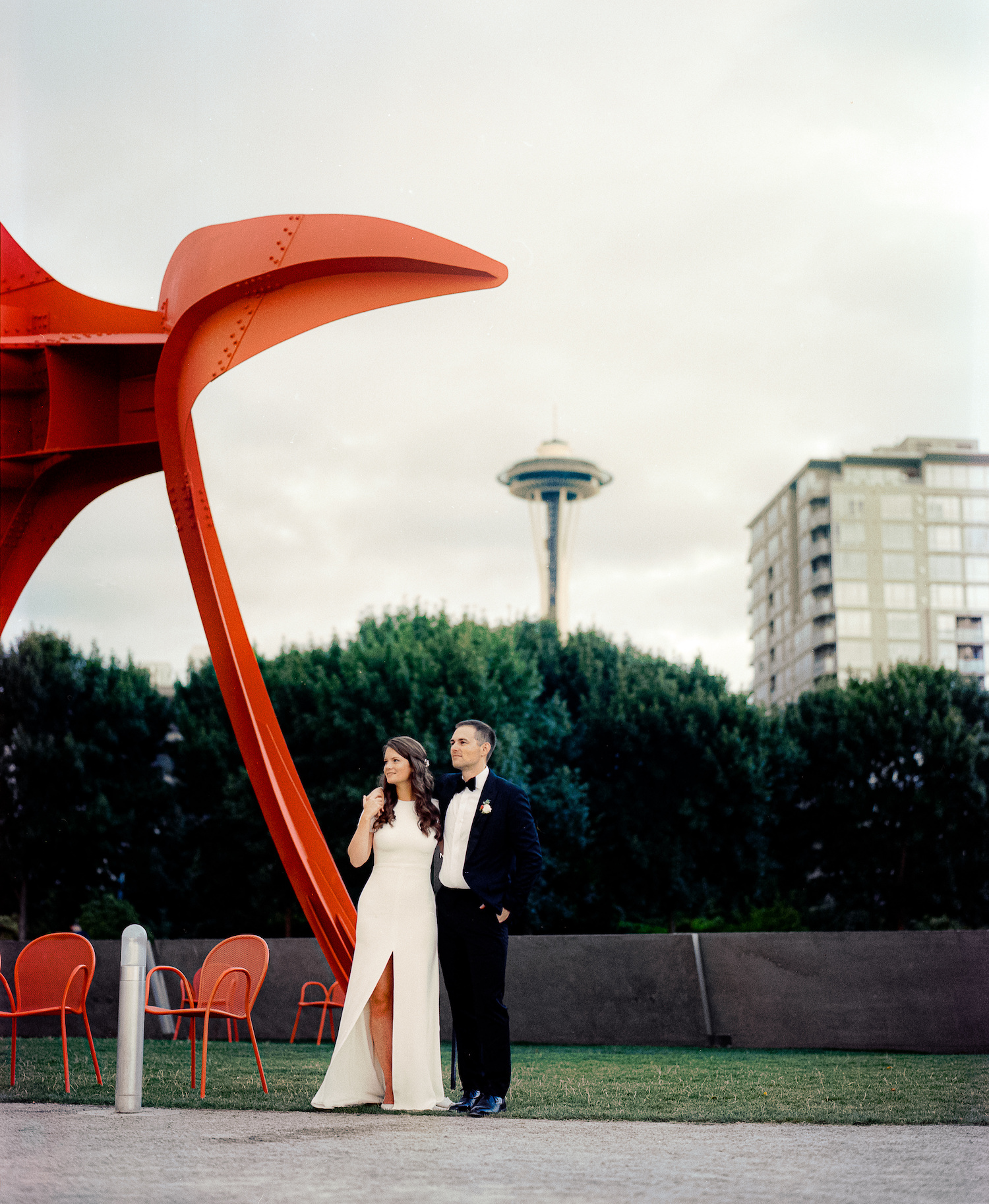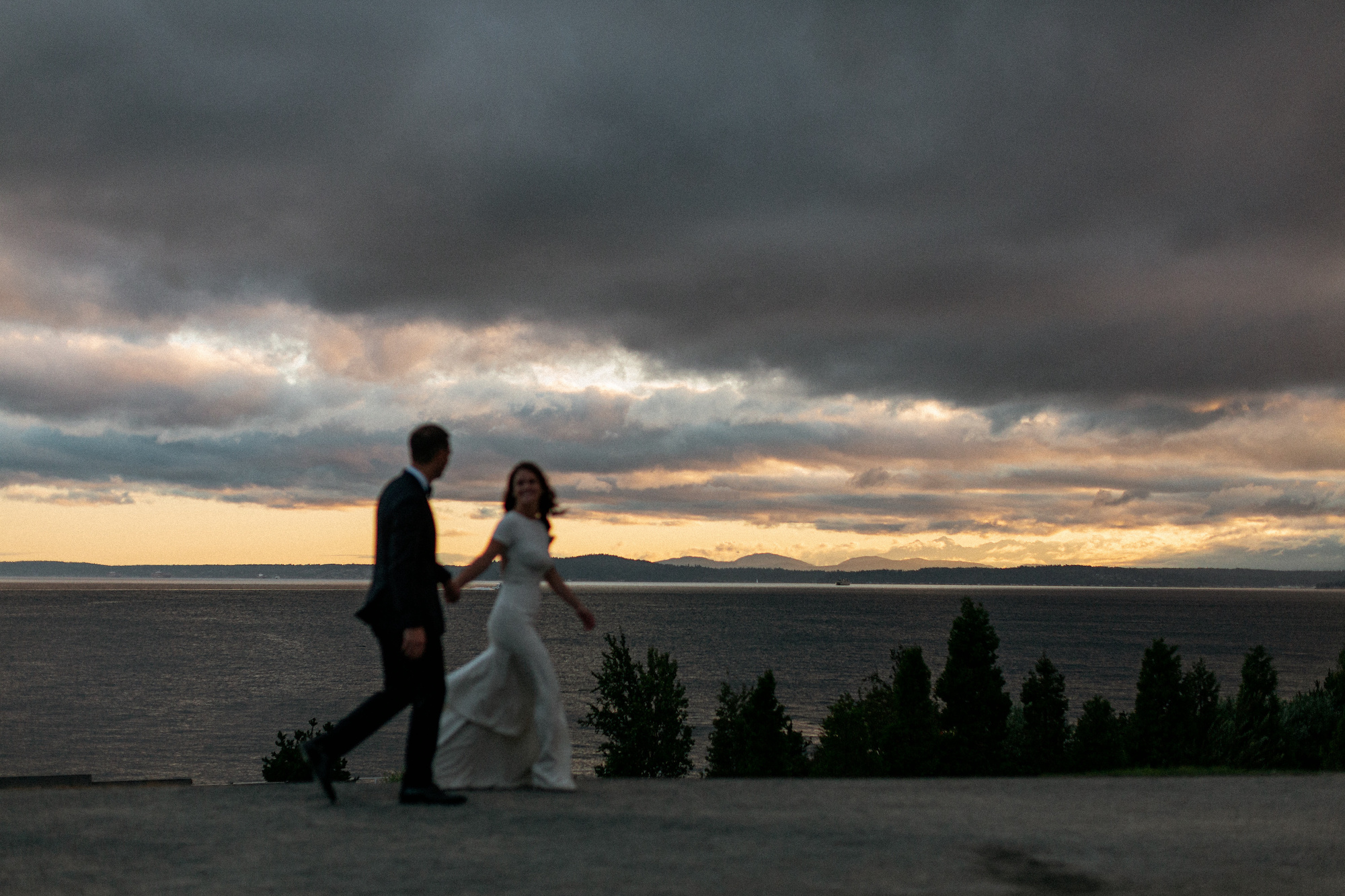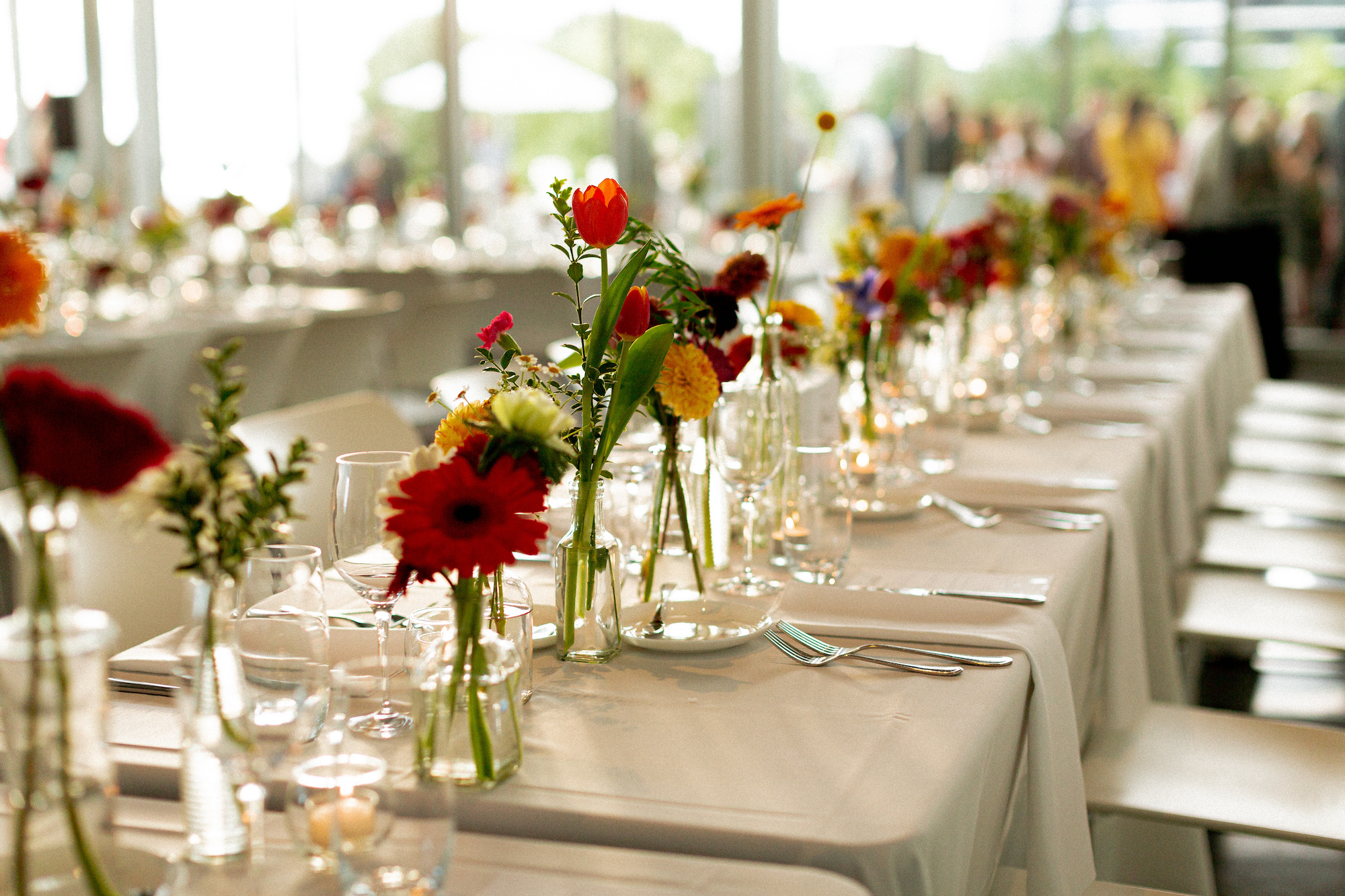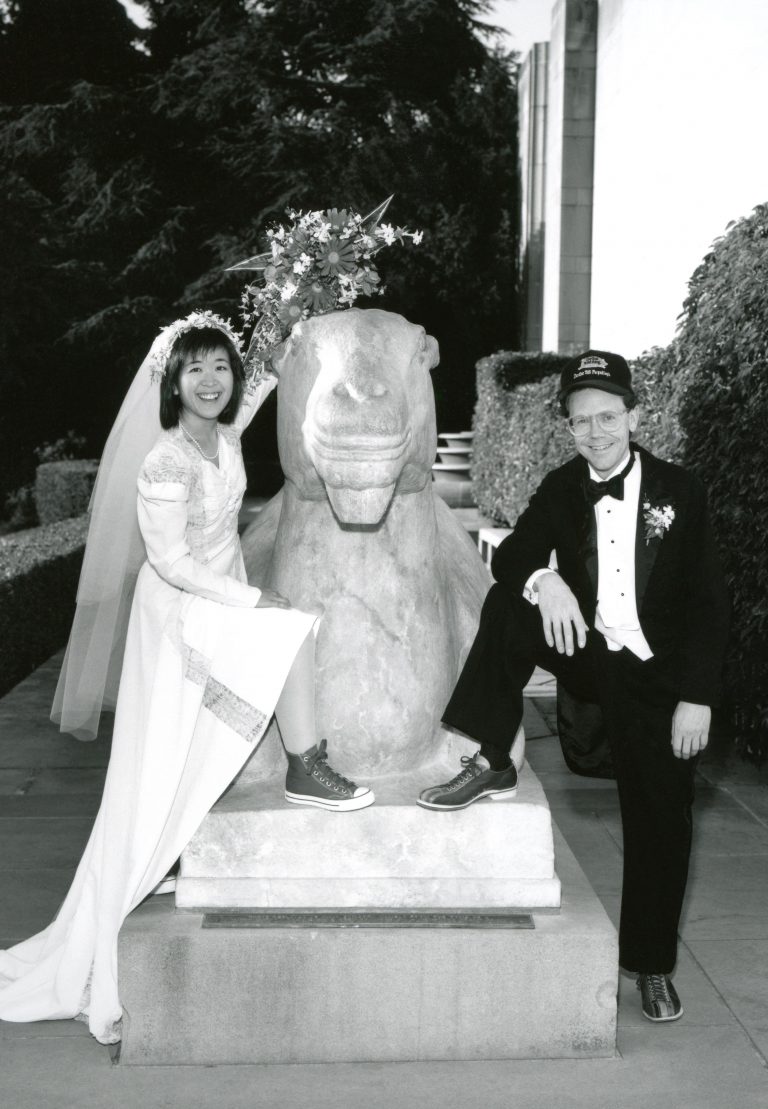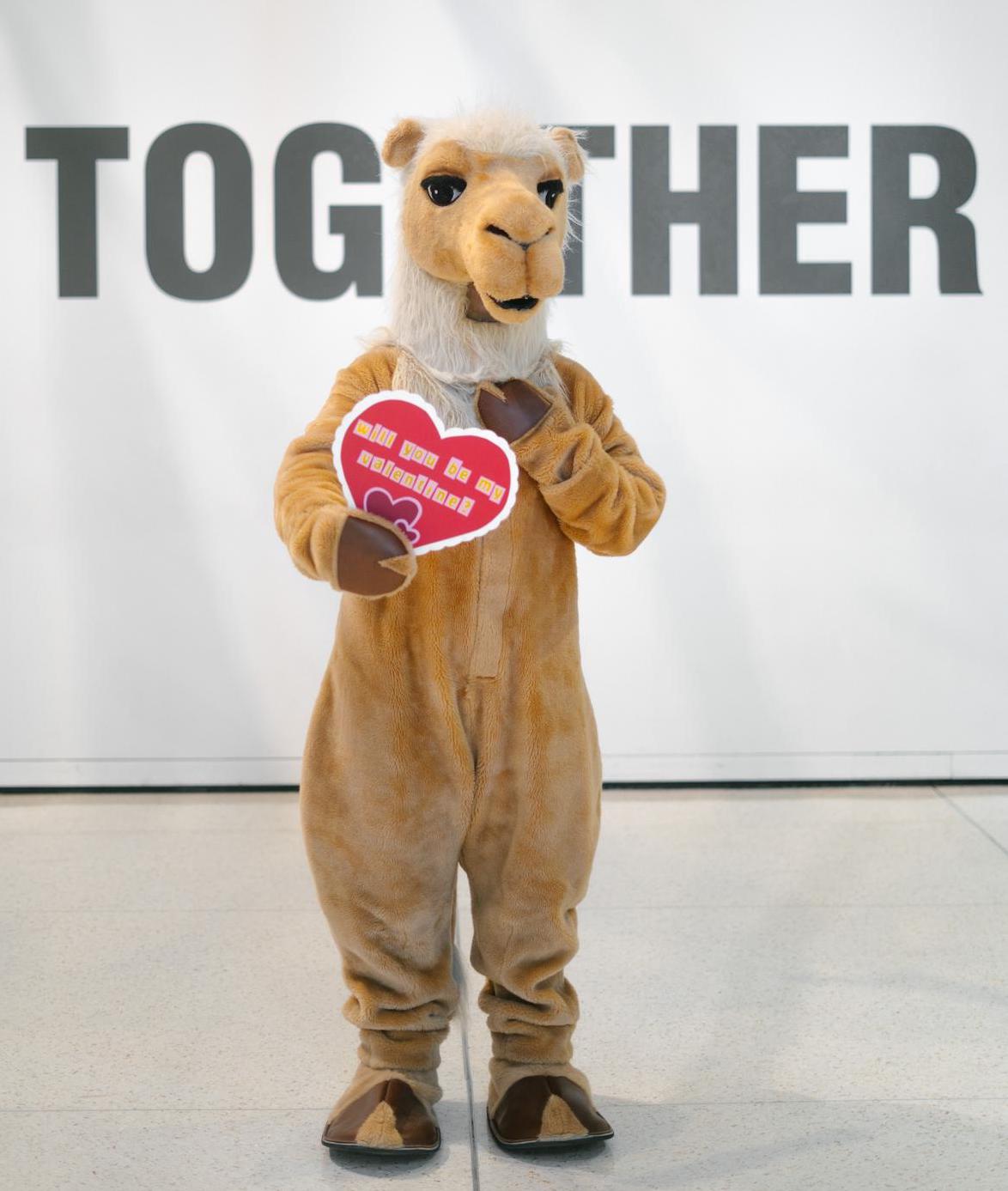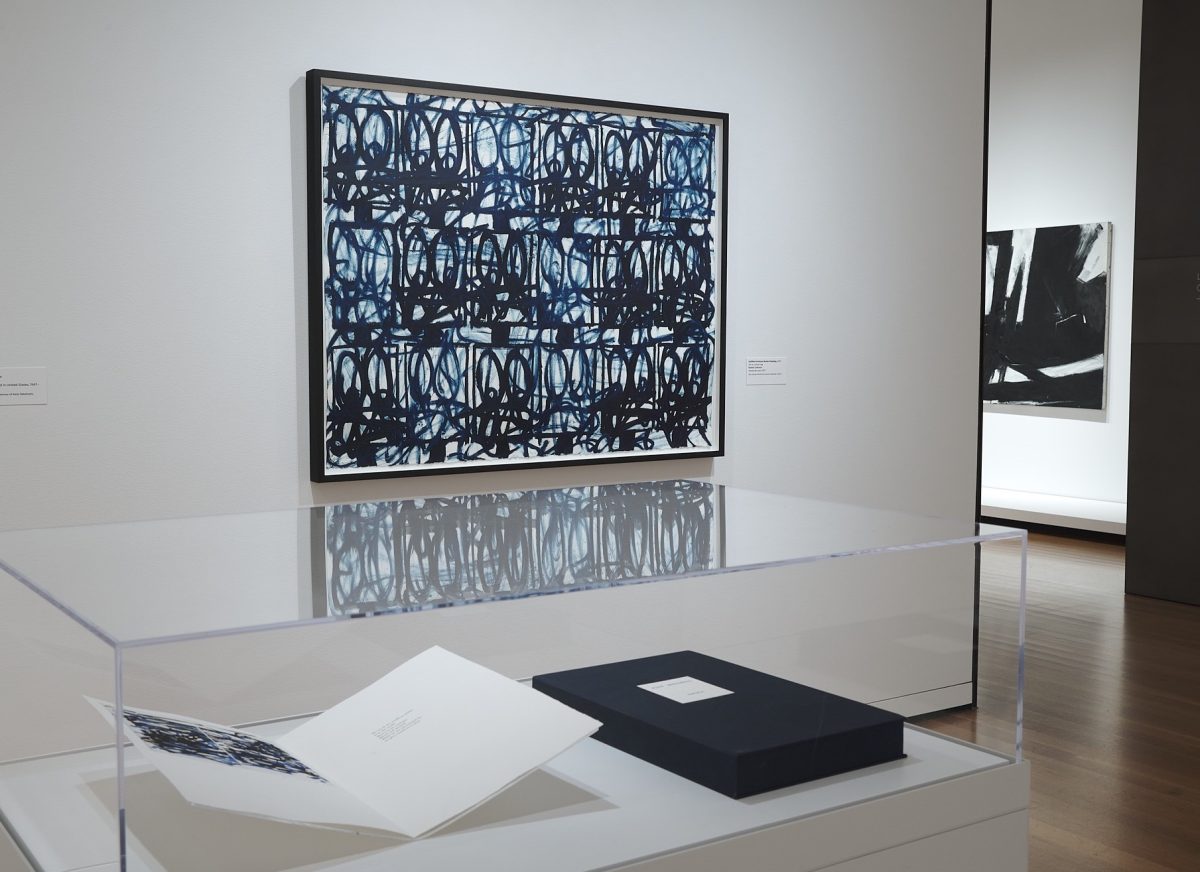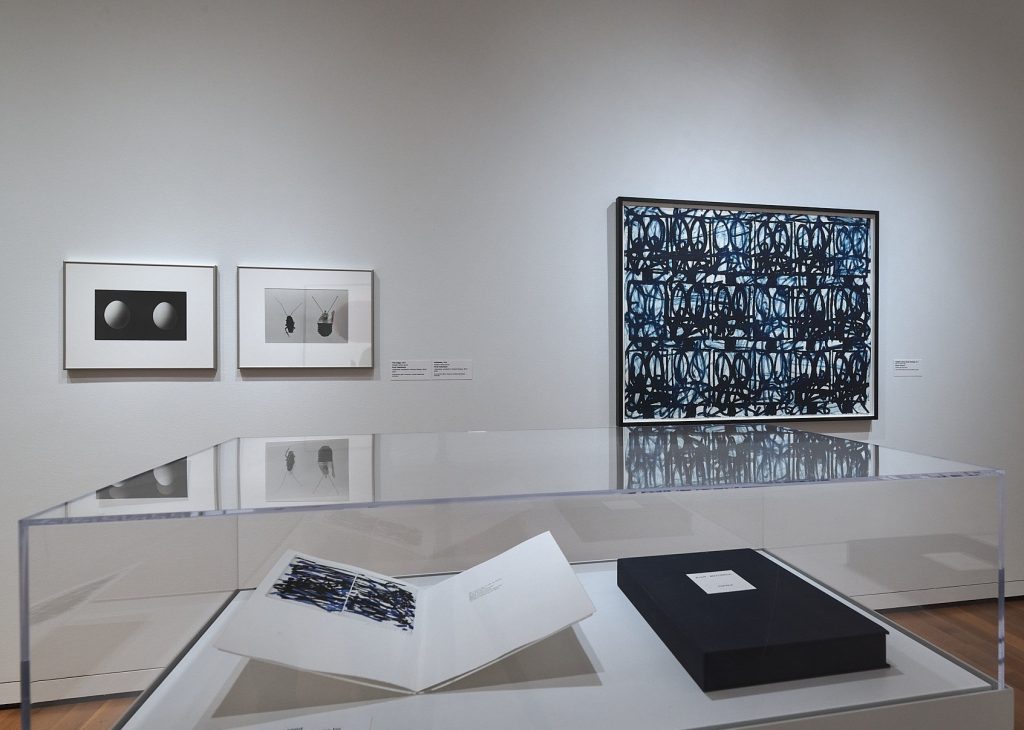Supporting the Arts: SAM Trustees Called to Serve the White House
A museum board does many things: provide oversight and support for the institution’s financial and operational health, offer guidance and insights based on their professional expertise, and represent the museum within the community and the broader world. SAM’s board trustees are an impressive bunch, serving as leaders across many fields including the arts, education, technology, and the law, but they are also community service allstars, giving their time and resources to support SAM’s mission to connect art to life.
It’s really exciting, then, when our board members are recognized in their respective fields or tapped for their leadership. Recently, two significant appointments to Presidential Committees were announced by the White House. President Biden announced the appointees to his Committee on the Arts and the Humanities; on the star-studded list that includes Lady Gaga, George Clooney, and Shonda Rhimes is Kimberly Richter Shirley, a SAM trustee since 2011. The news was announced around the world, including by the New York Times and the Hollywood Reporter.
Per the White House, this committee “advises the President and the heads of U.S. cultural agencies on policy, philanthropic and private sector engagement, and other efforts to enhance federal support for the arts, humanities, and museum and library services. The PCAH will also engage the nation’s artists, humanities scholars, and cultural heritage practitioners to promote excellence in the arts, humanities, and museum and library services and demonstrate their relevance to the country’s health, economy, equity, and civic life.”
“Being invited to serve on this committee is a tremendous honor, as it recognizes the vital role that creativity and culture play in shaping our society and advancing the human experience,” said Richter Shirley. “I am very grateful and humbled to have been asked.”
Richter Shirley is a retired attorney who serves on several boards and is an active supporter of arts, education, and human services organizations. On SAM’s board, she serves on the Audit, Equity, and Finance Committees. Along with her husband Jon, she also recently made an extraordinary gift to the Seattle Art Museum of 48 works by iconic American sculptor Alexander Calder, along with a $10 million endowment and other financial support to establish SAM as a center for Calder-related exhibitions and research. Congratulations, Kim, on this exciting appointment (and say hi to the rest of the committee for us)!
Also just announced were the appointments to the Committee for the Preservation of the White House, which included SAM trustee John E. Frank. The White House notes that this committee “is charged with establishing policies relating to the museum function of the White House, its state rooms, and collections. It also works to make recommendations on acquisitions for the permanent collection of the White House and provides advice on changes to principal rooms on the ground floor, state floor, and the historic guest suites on the residence floor of the White House Executive Residence.” This is Frank’s second time serving on the committee, he last served from 2016–2018.

Frank is the Senior Vice President and Chief Public Affairs Officer of Illumina, Inc. He is also a collector of French decorative arts and an art history hobbyist. In fact, he recently sourced a chair from the original suite of furniture made by Pierre-Antoine Bellangé and purchased by President Monroe in 1817 to refurnish the White House after it was burned down in 1814. Frank purchased the chair in coordination with White House curators and donated it to the collection. The Bellange suite of furniture is now in the Blue Room of the White House. Here’s a fascinating video from the White House Historical Association on the restoration of the Bellangé suite.
The White House is a very special place for our nation,” says Frank. “I am looking forward to how we evolve the White House collection so that every American who walks through the building can see and feel a personal connection to our shared history.”
Frank has served on SAM’s board since 2008, including tenures as Vice President (2010–2013) and Board Chair (2013–2015). He currently serves on the Collections committee, advising on new works to SAM’s collection, a role that aligns with this appointment very well. Thank you for helping keep the People’s House beautiful, John!
Congratulations and thank you again to Kim Richter Shirley and John E. Frank for your service to SAM and the nation.
– Rachel Eggers, SAM Associate Director of Public Relations
Photos: Photo of Kim Richter Shirley by Spike Mafford, Zocalo Studios, LLC. Photo of John E. Frank courtesy John E. Frank.
